According to NASA, a blue supermoon won’t happen again until January and March 2037. Blue supermoons take place an average of 10 years apart, though the last one was seen more recently, and the time between events can be as long as 20 years. Looking up at the sky can be a real treat. Many of us live in light-polluted cities and aren’t even aware of this. If you take the time to drive a bit out of city bounds and look up, you’ll be treated to a panoramic vista of light and color.
The universe sometimes lets us witness it in all its glory to remind us how small and weak we are. One of these phenomena was ester night’s blue supermoon, which people got to witness all around the world. Let’s dive in and talk about it!
01.
02.
03.
It may also be super because of its perceived influence. I mean, we’ve got a whole bunch of superstitions related to the Moon, from it influencing people’s dreams, odd behaviors, and even the growth of plants.
While it may be why I get itchy and sprout hair on full moons, most beliefs surrounding the Moon are woefully inaccurate.
For example, the astrologer Richard Nolle, who started the idea of the supermoon, firmly believes that many seismic events and bad weather can be blamed on the Moon.
He describes the “major geophysical stress window” as a period of 7 days, swiftly being rebutted by astronomer Phil Plait, who says that pretty much anything could happen in such an extended period.
04.
05.
06.
However, Phil Plait has a further bone to pick with bad supermoon astronomy. To his annoyance (and Richard’s fame), many earthquakes get written down as “caused by the moon’s influence.”
Astronomer Phil looks at these numbers and then looks at the facts.
The United States Geological Survey records earthquakes, and there are about 1469 of them with a magnitude greater than five yearly. That’s about four daily, so you could pick any random day when a > 5-magnitude earthquake is happening and attribute it to the poor Moon.
I’m more of the thought that we shouldn’t be blaming things on the Moon but somewhat corrupt politicians. Something along the lines of “Mother Earth demands a blood sacrifice,” but maybe that’s just me.
07.
08.
09.
Nolle even gets blasted on the Wikipedia page for being spectacularly incorrect, which is quite a feat. If Wikipedia is roasting you, you should probably reconsider what the heck you’re doing.
Although we’ve discredited Nolle’s scientific findings, we must say that he has a knack for names, dubbing another phenomenon in 2000 as the extreme supermoon.
That one is probably when all the vampire-werewolf conventions happen.
Besides Nolle, various definitions are used to decide whether a moon is super. Sky and Telescope magazine says that it’s when it is 223,000 miles (358,884 km) away from the Earth, rather than the usual 238,855 miles (384,400 km).
TimeandDate.com suggests 223,694 miles (360,000 kilometers), but for us regular people, the best way of determining it is probably “holy moly, that is a big moon.”
10.
11.
12.
“Regular” supermoons happen about 3-4 times yearly out of the 12-13 possible new or full moons. If you were blissfully sleeping during this one, you’d still have a chance to witness another on September 29, 2023.
If you’re looking for a bombastic date to turn into a werewolf, December 6, 2052, is the date to jot down in your calendar, as that’s the next full supermoon.
Although a common phrase for something happening rarely is “once in a blue moon,” it turns out you’ve been lied to – those moons are not blue. According to NASA award winner Space Place, “A blue moon is special because it is the ‘extra’ Moon in a season with four full moons.”
13.
14.
15.
16.
While we’re on the topic of moons, there are also “Blood Moons,” which occur during total lunar eclipses. When the Moon is eclipsed in this way, only light from the edges of Earth’s atmosphere reaches it, and as our atmosphere scatters the blue light, we witness an eerily red moon, hence the blood.
Don’t forget about the Harvest Moon, too – the full, bright Moon that happens closest to the start of Autumn. Their name comes from way before electricity, when farmers harvest their crops late into the night, guided by the Moon’s glow.
One last thing – while you may be able to see the next supermoon in September, this is the last blue supermoon till 2037. Talk to you then! Don’t forget to bring your telescope!
17.
18.
19.
20.
21.
22.
23.
24.
25.
26.
27.
28.
29.
30.
31.
32.
33.
34.
35.
36.
37.
38.
39.
40.
41.
42.
43.
44.
45.
46.
47.
48.
49.
50.
51.
52.
53.
54.
55.
56.
57.
58.
59.
60.
Key Facts
- The event combined a “blue moon” with a “supermoon,” marking the first time those events had been seen together since 2018.
- A blue moon is the second full Moon seen in a month, which NASA notes typically happens only every two to three years.
- The last blue Moon was in August 2021; the next will be in 2026, BBC News notes.
- A supermoon is when a full moon occurs while the Moon is at its closest point to Earth on its elliptical orbit (known as perigee).
- That happens more frequently, with NASA noting approximately 25% of full moons are supermoons, and this is the third supermoon of the year.
- According to NASA, a supermoon makes the Moon look approximately 14% bigger than at its farthest point from Earth, which describes the difference as being about the same as the size difference between a quarter and a nickel.
Like what you’re reading? Subscribe to our top stories.

















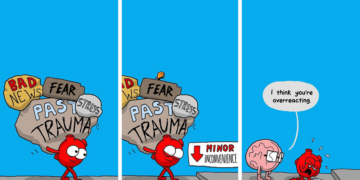





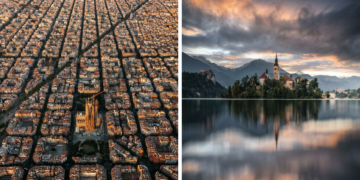



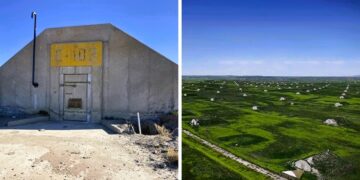




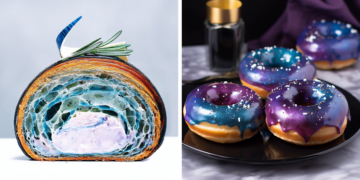
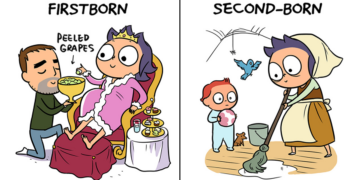

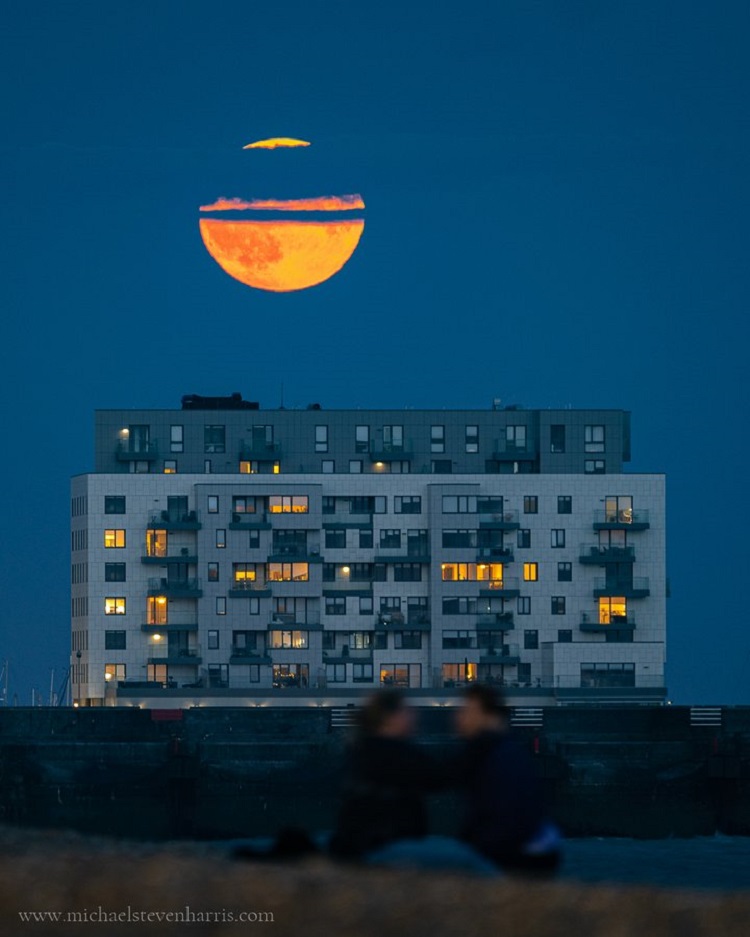
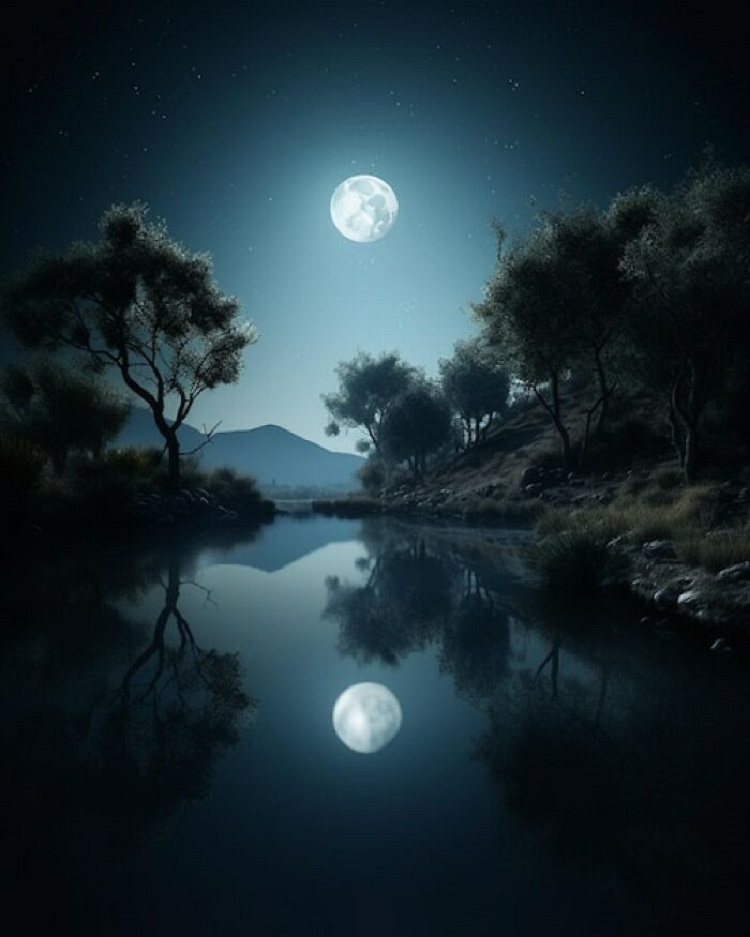

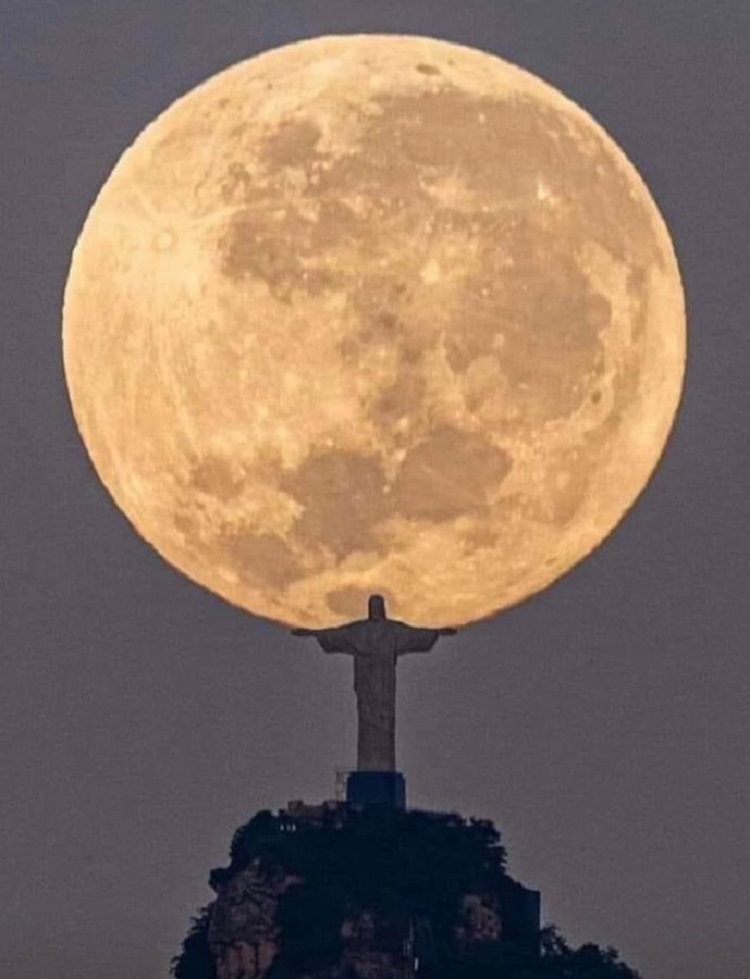
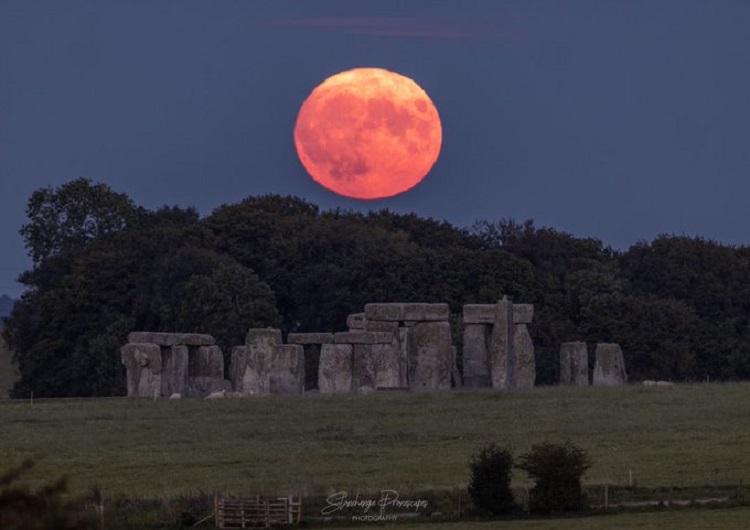
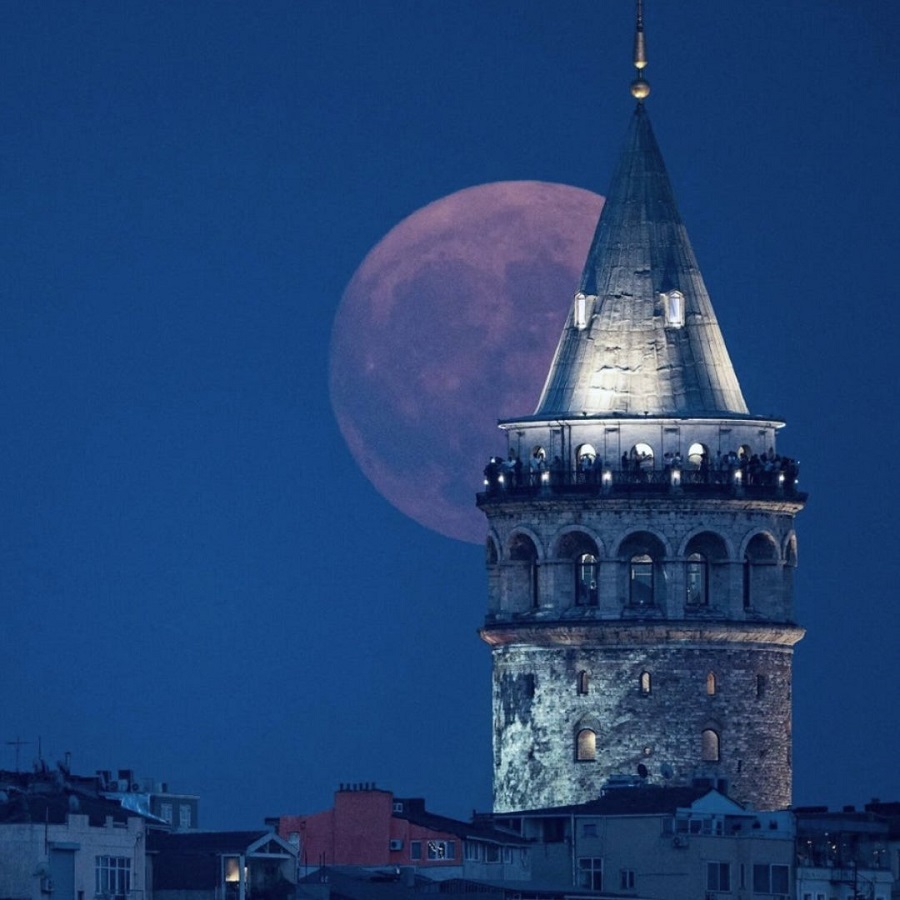
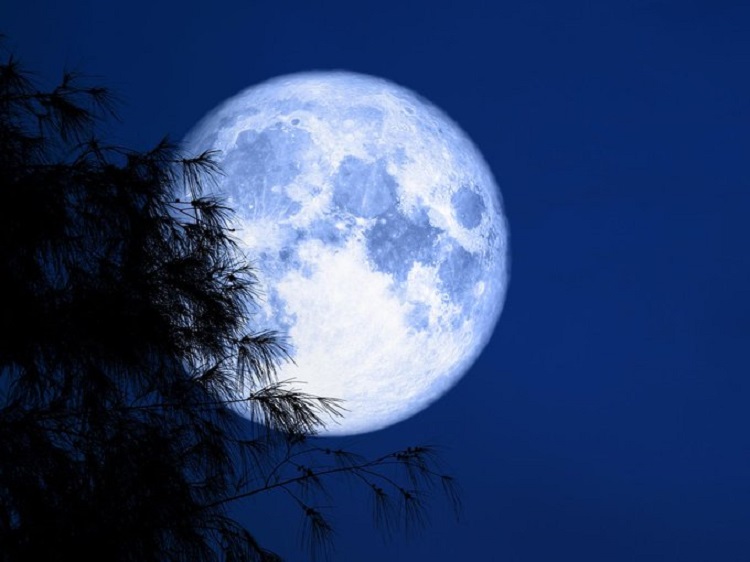
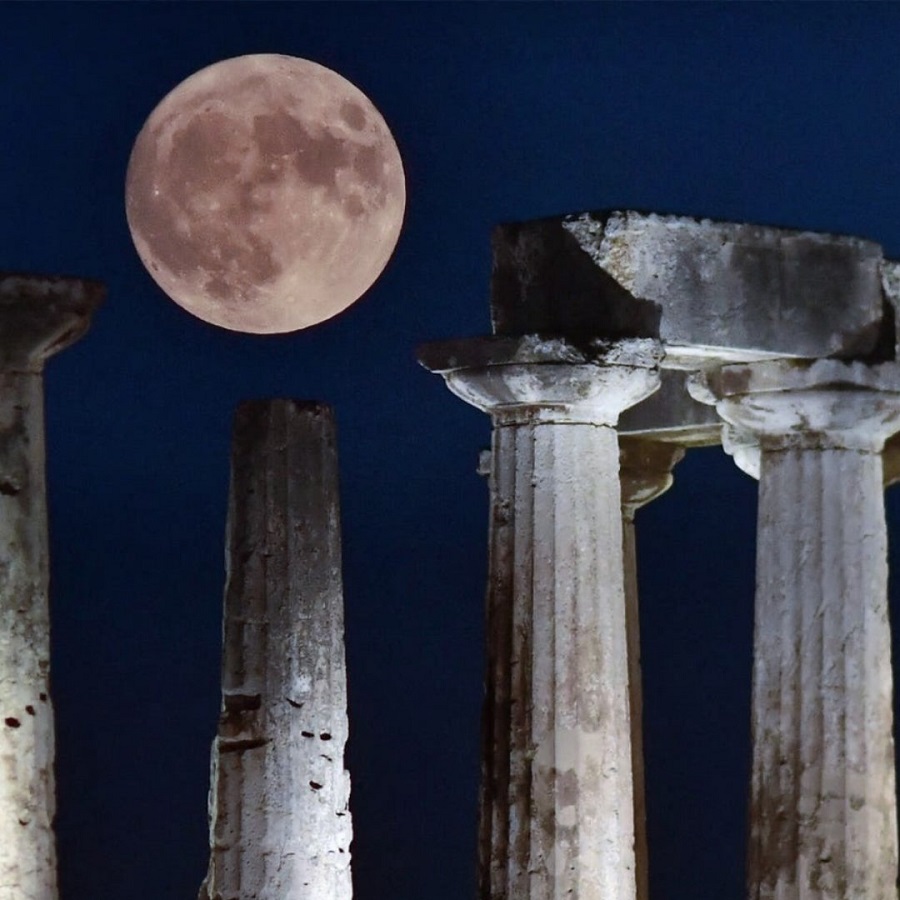
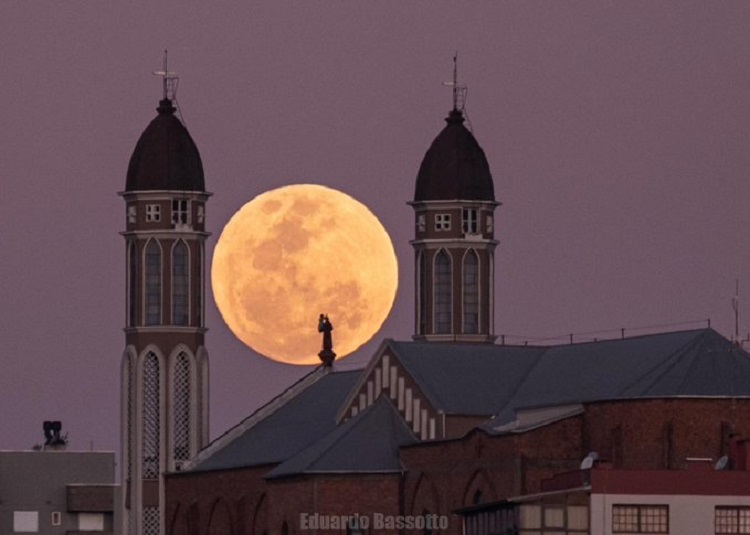
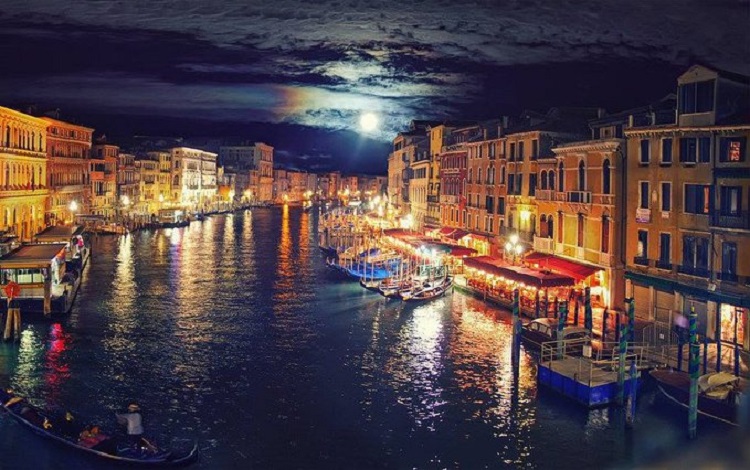
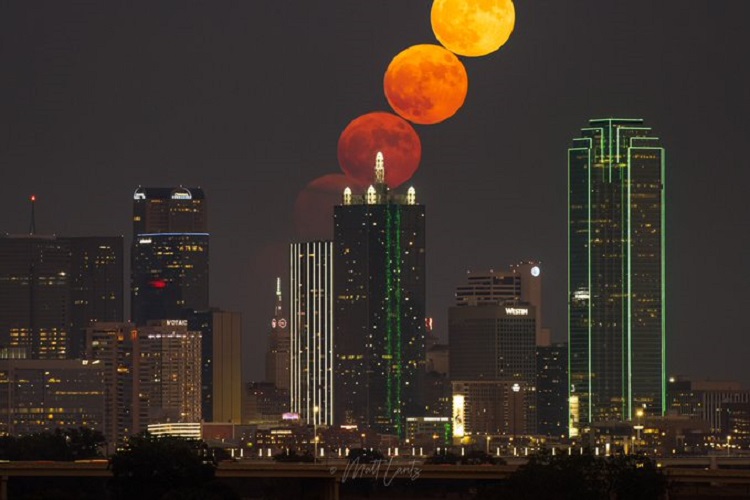
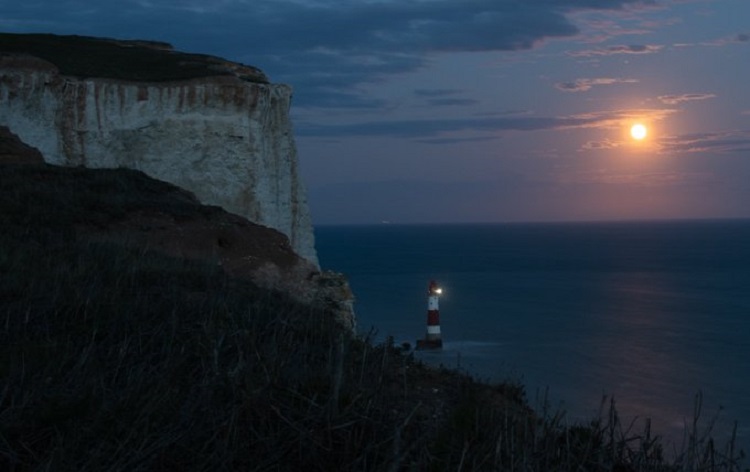
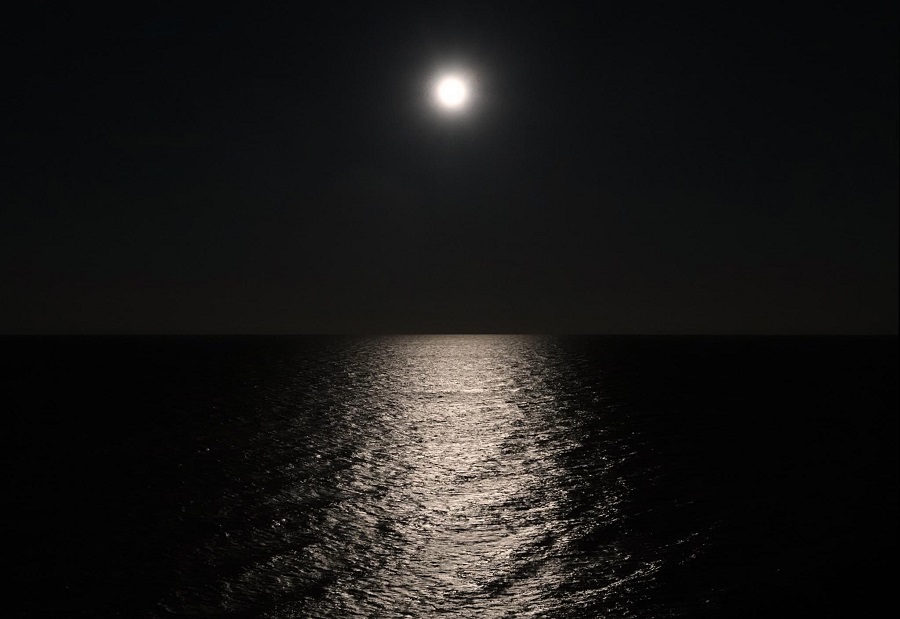
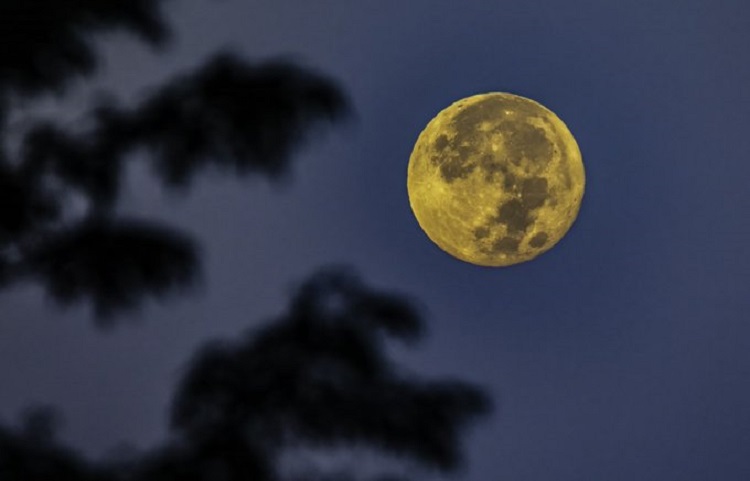
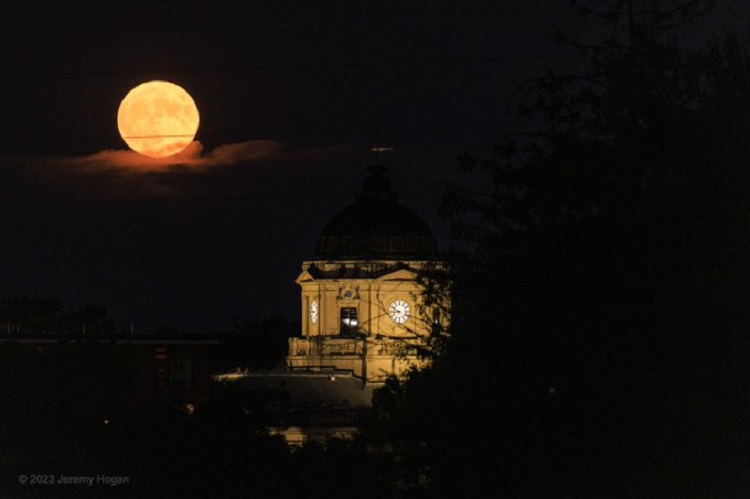
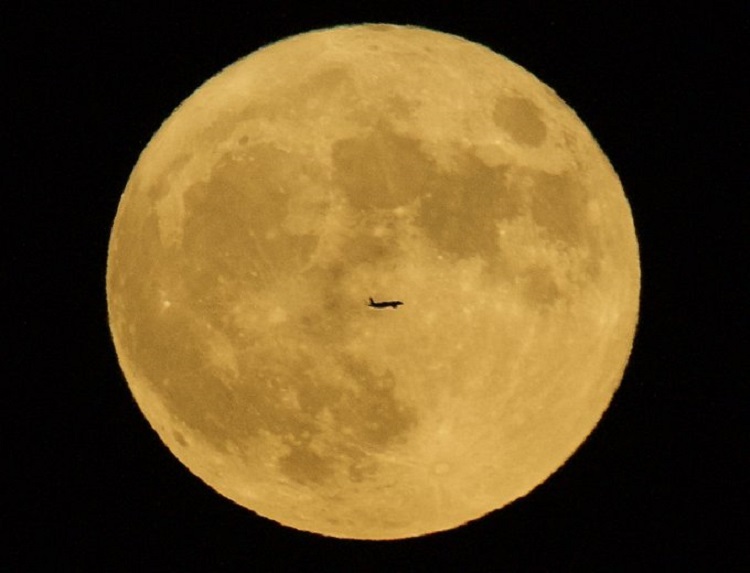
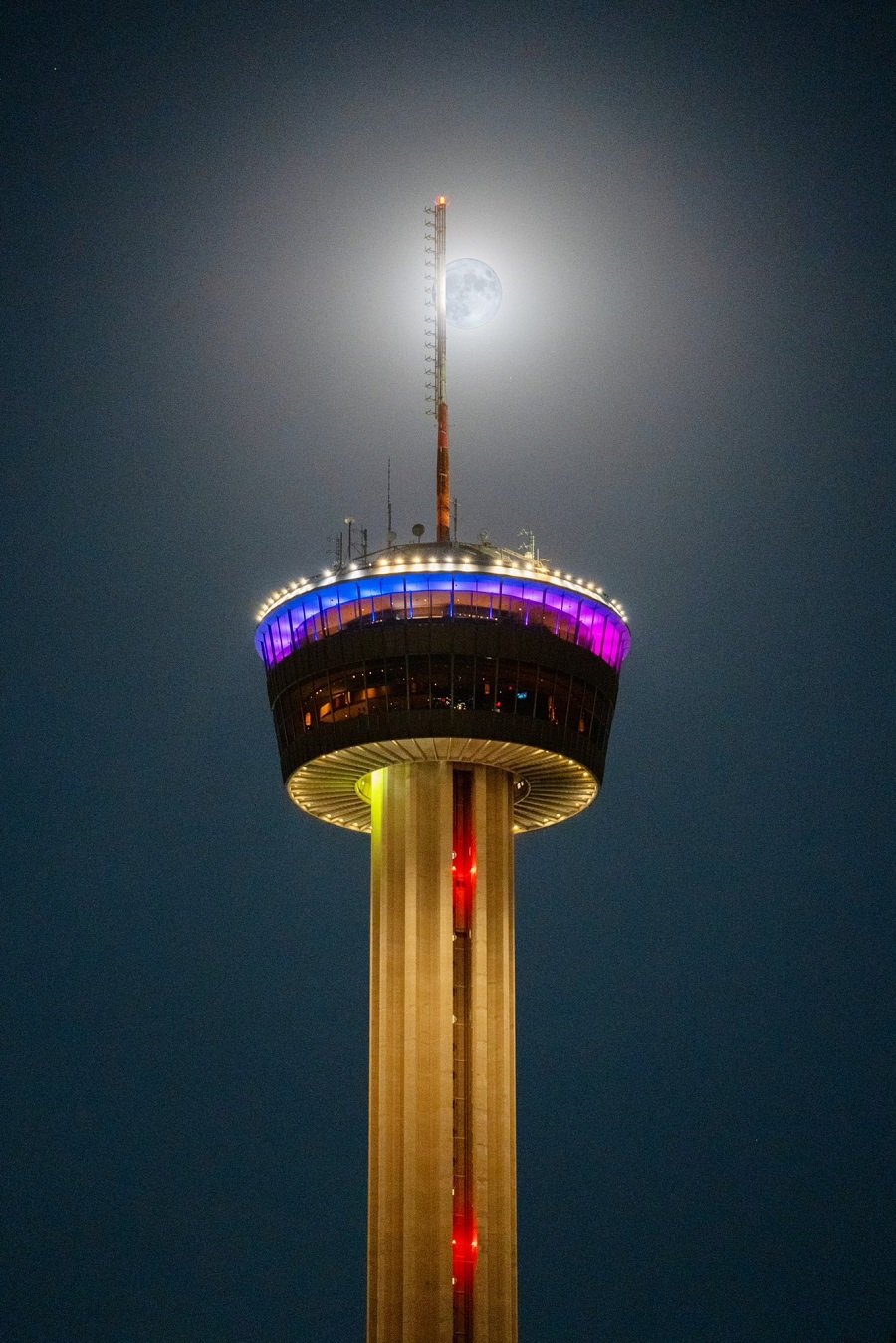
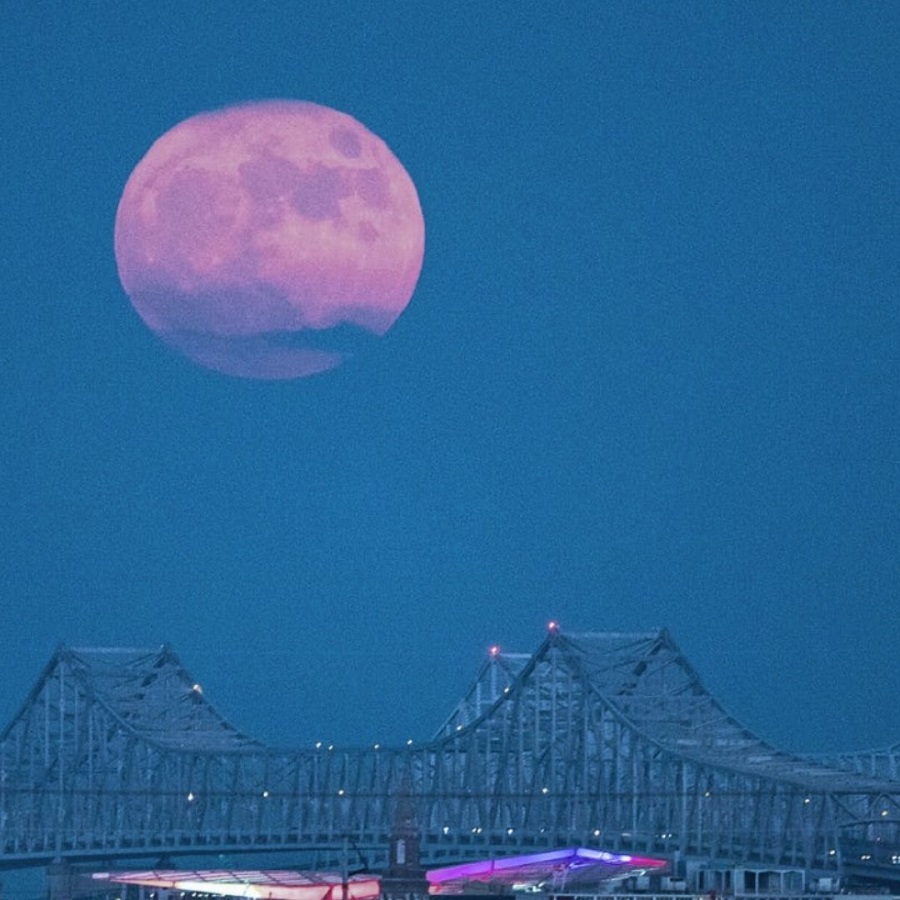
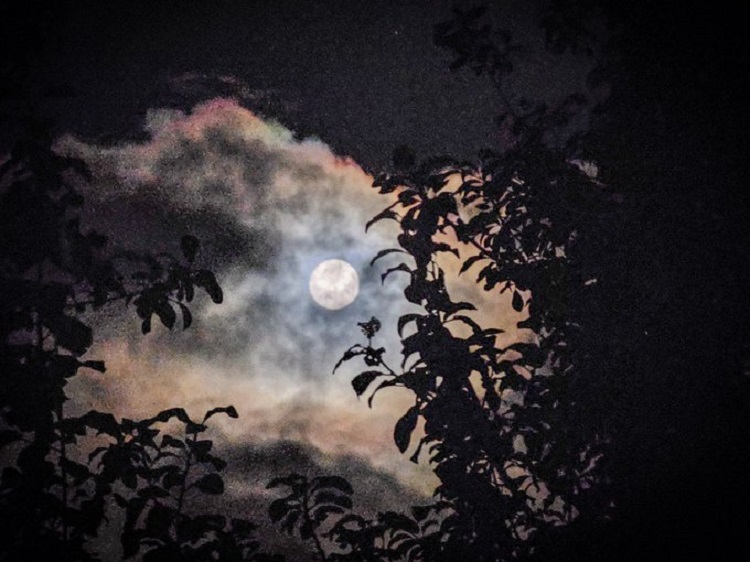
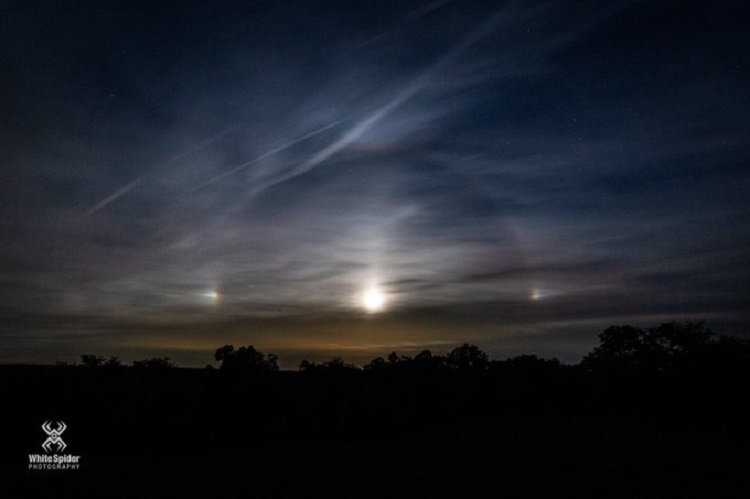
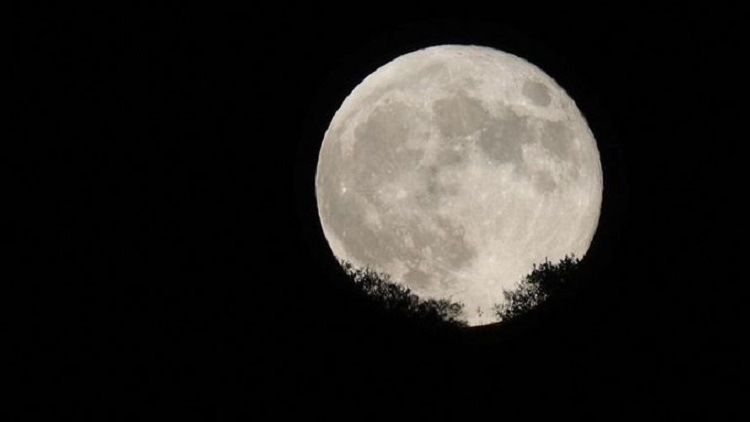
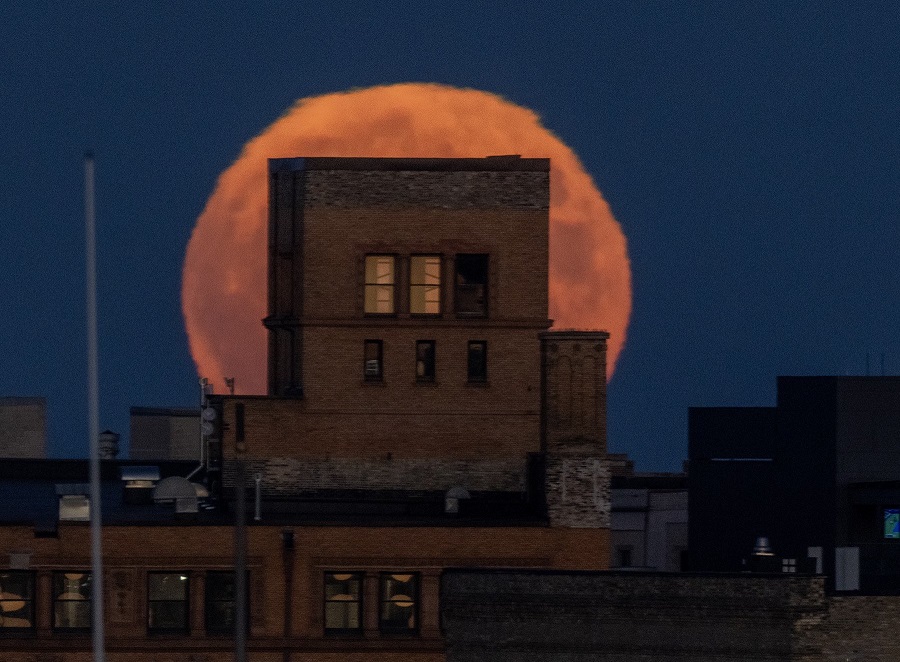
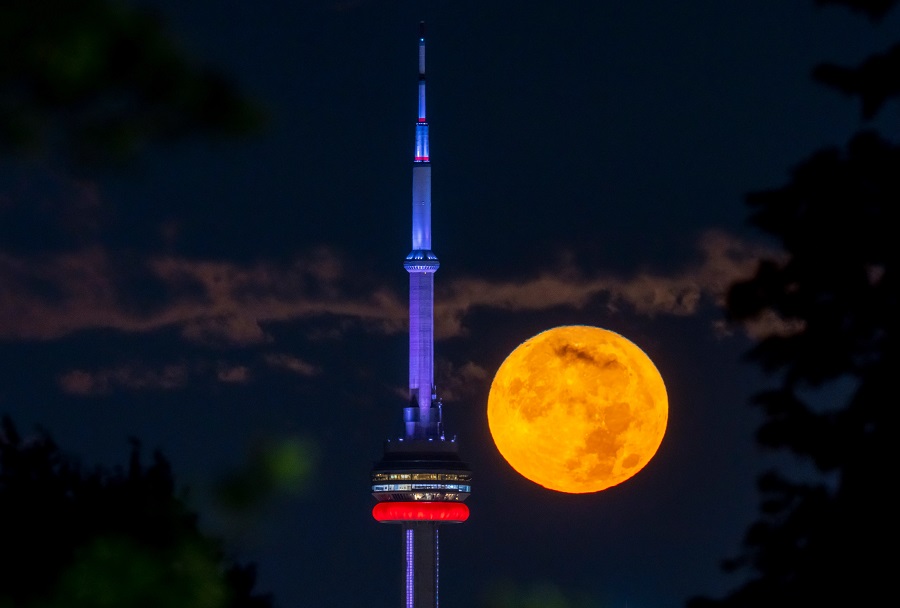
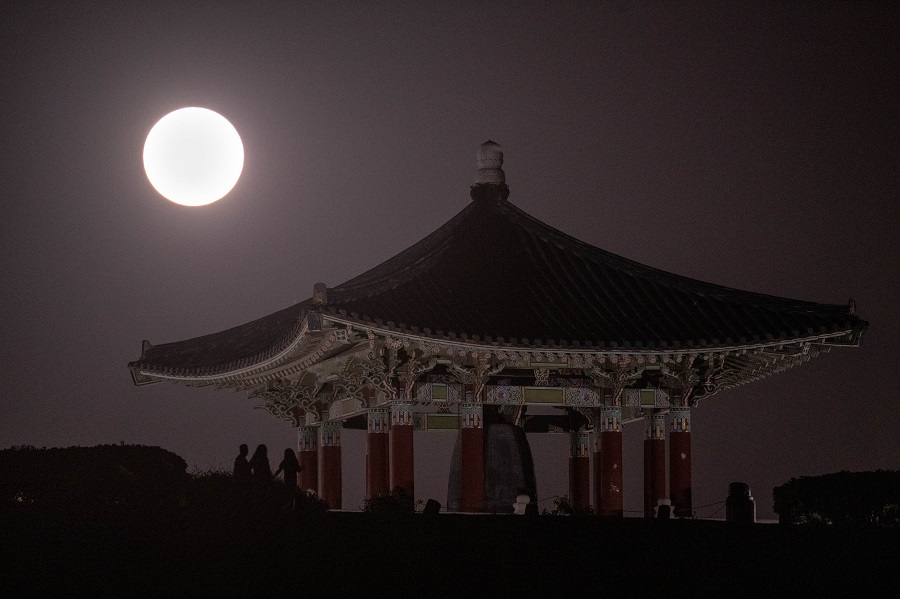
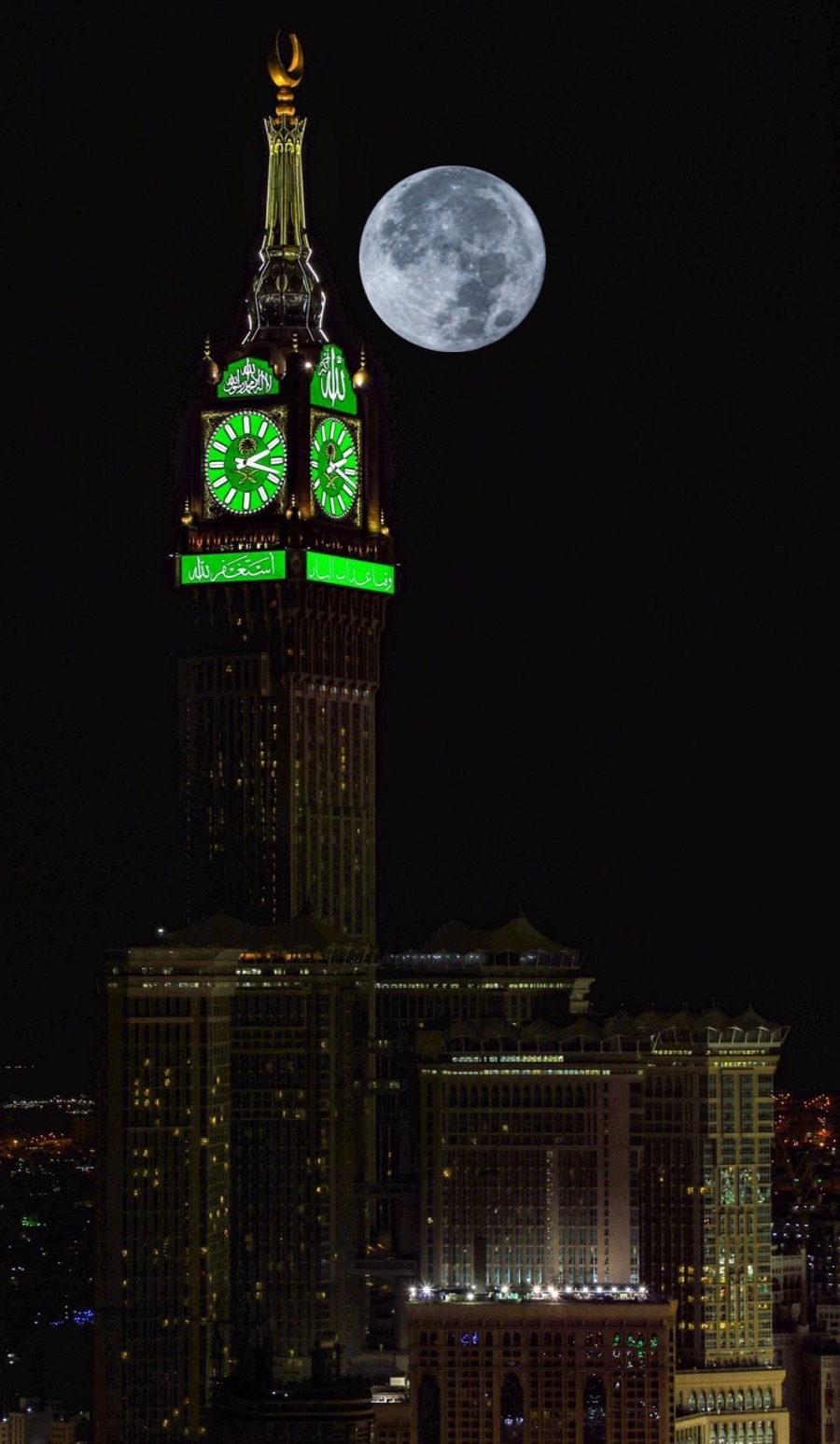
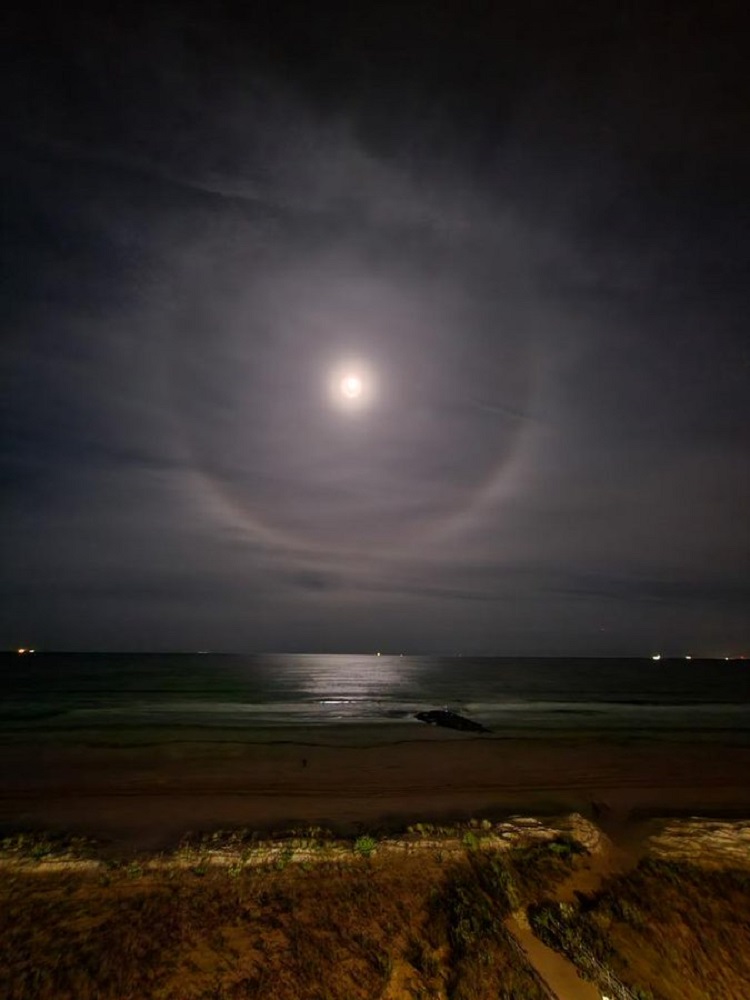
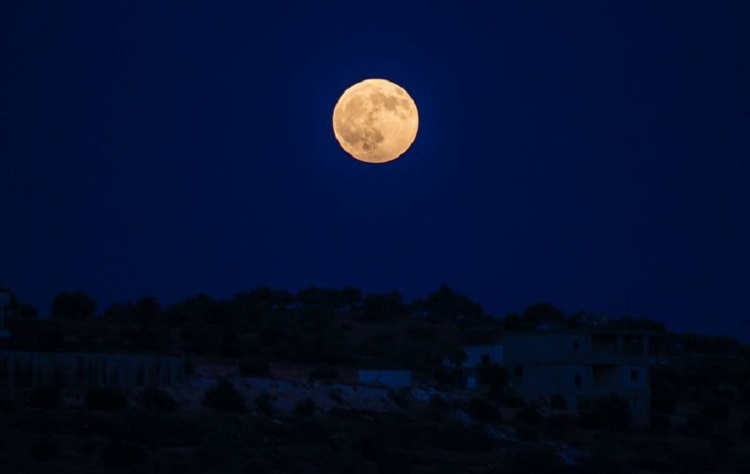
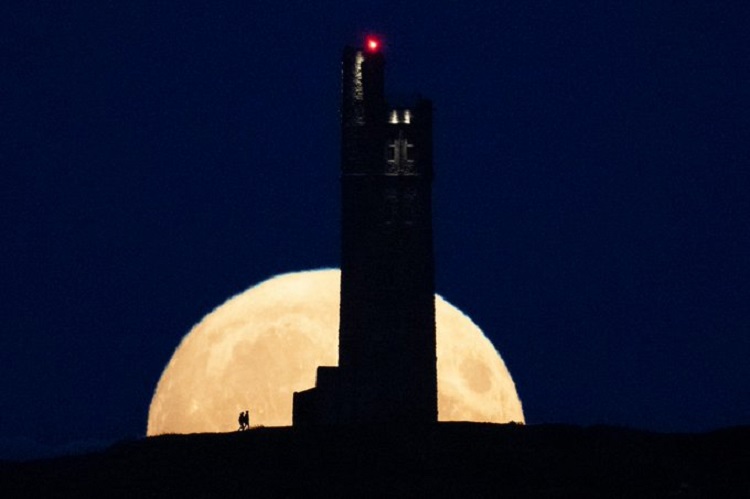
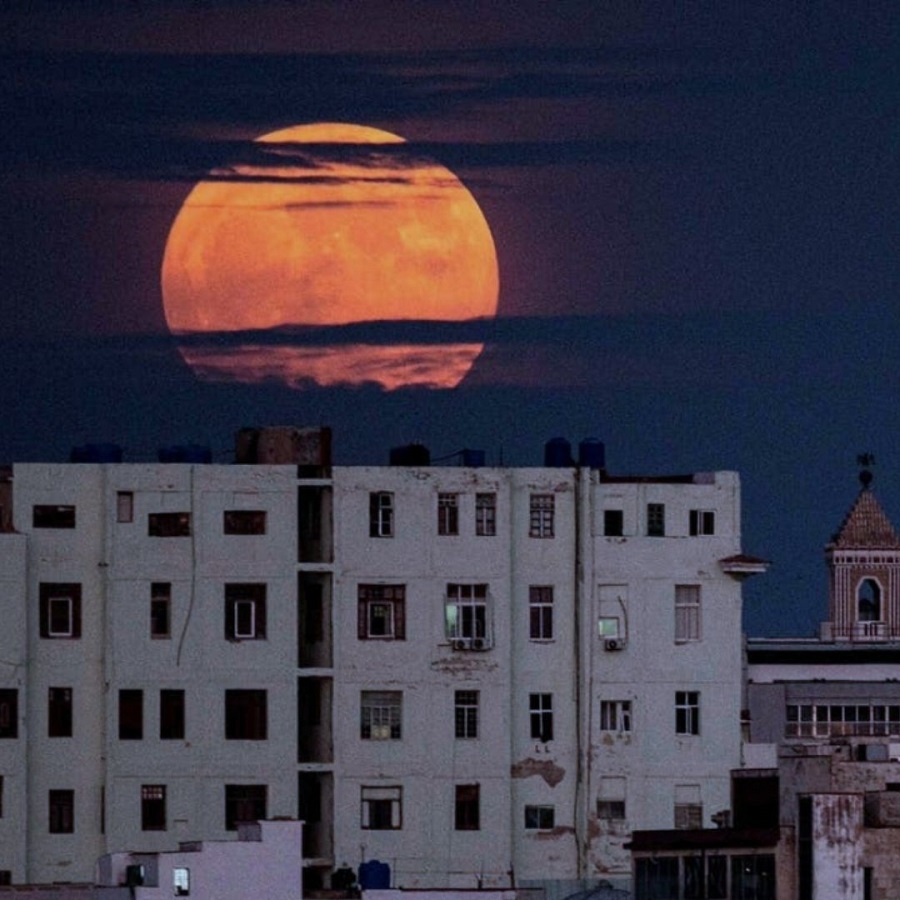
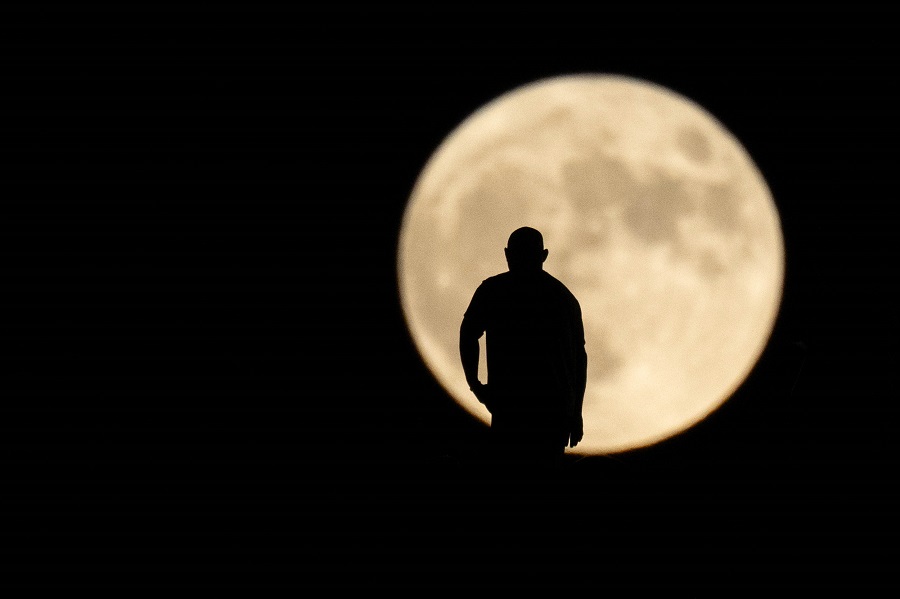
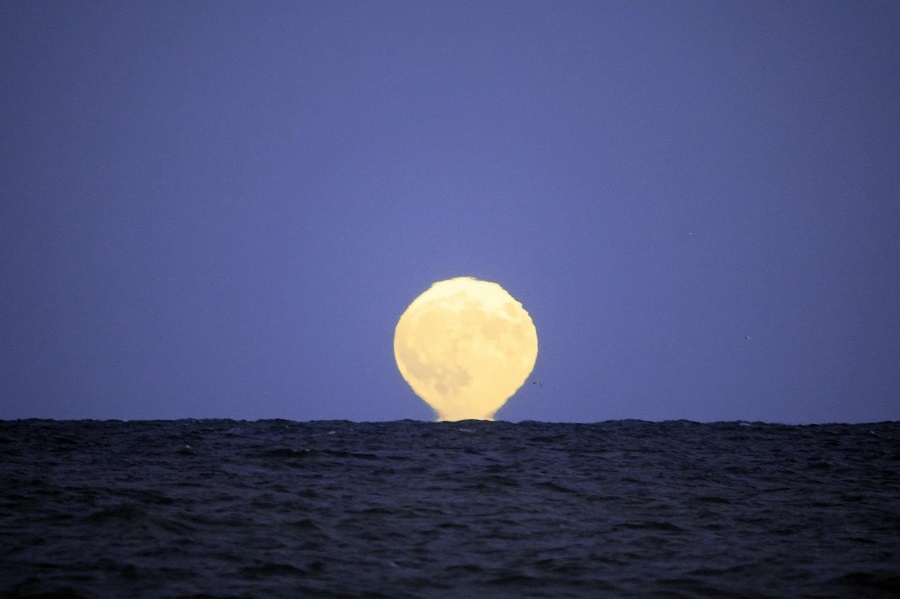
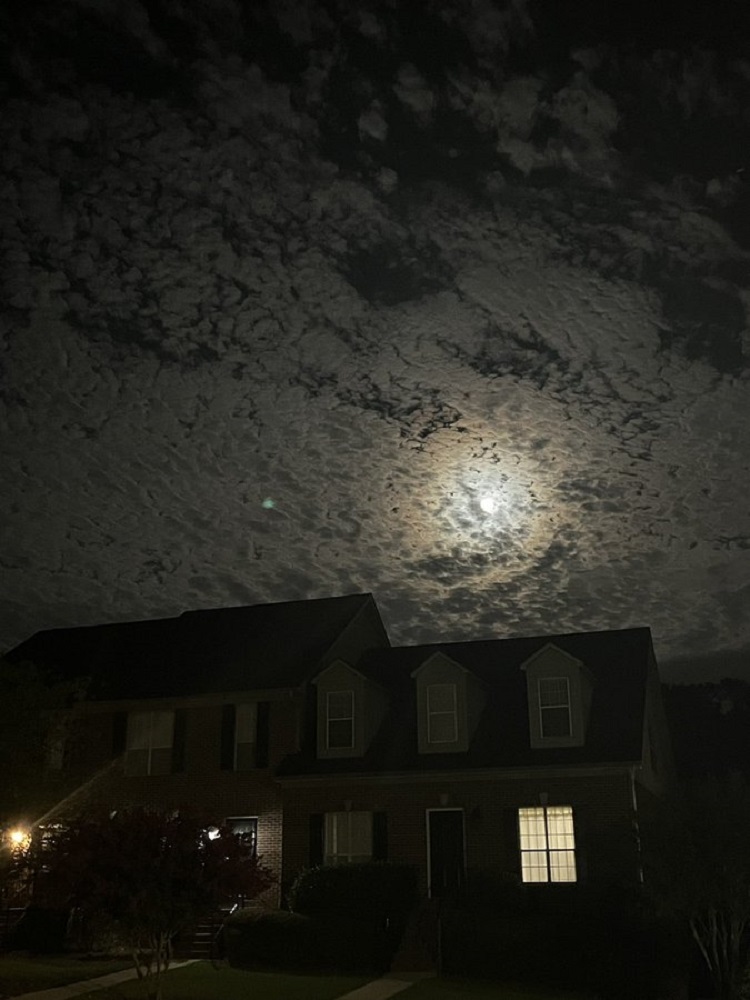
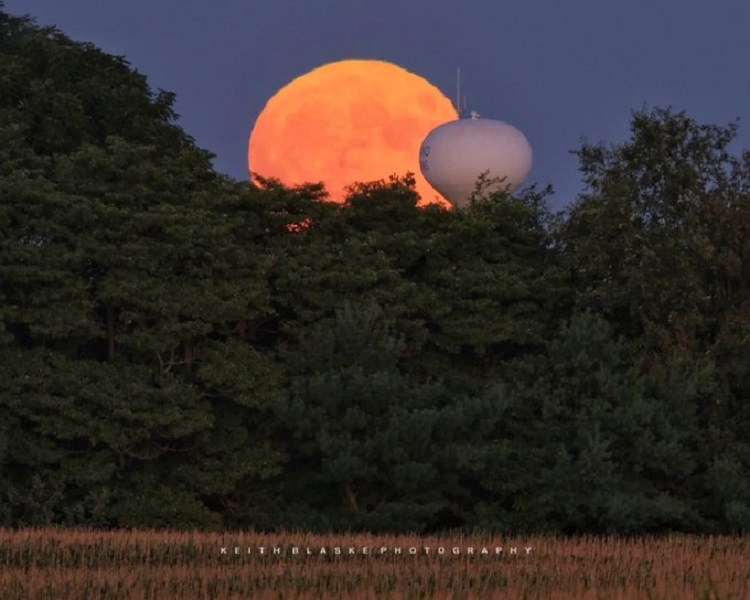
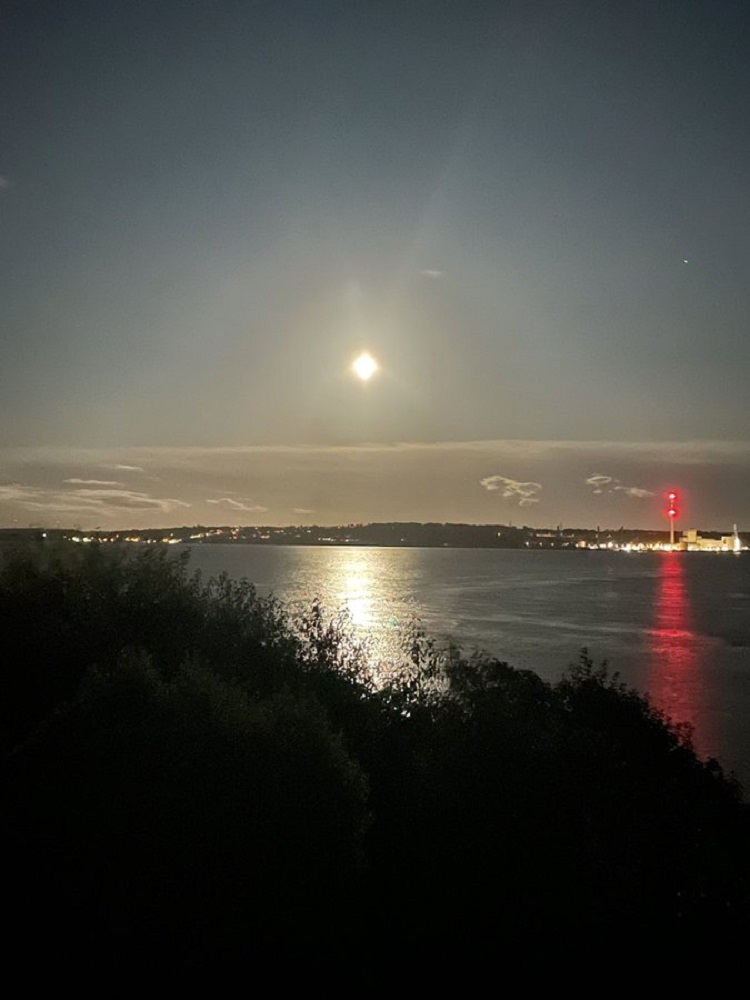
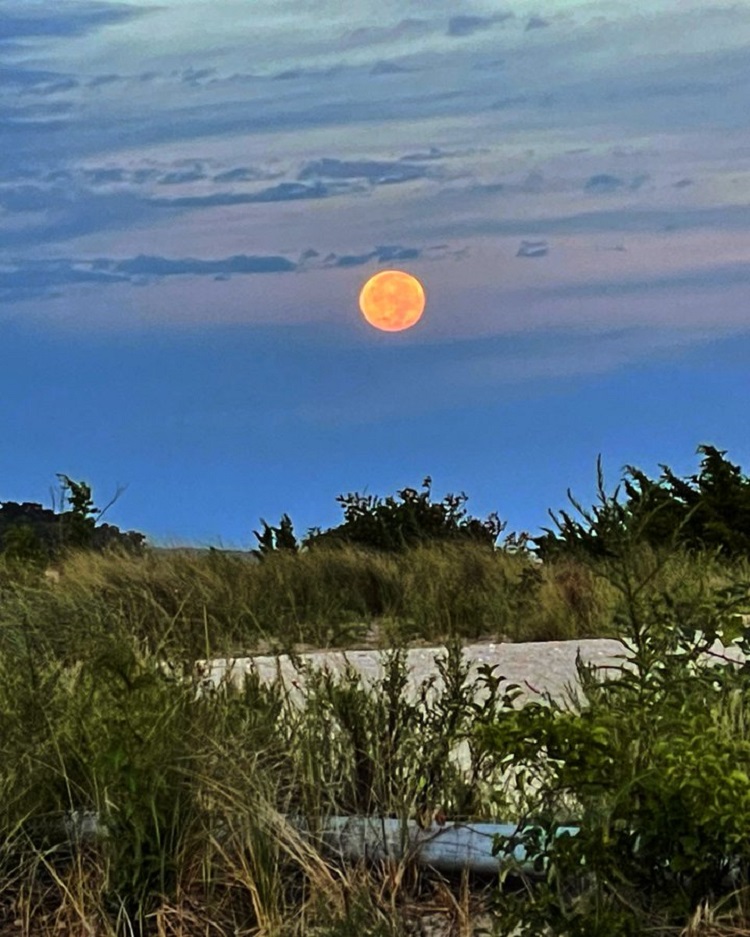
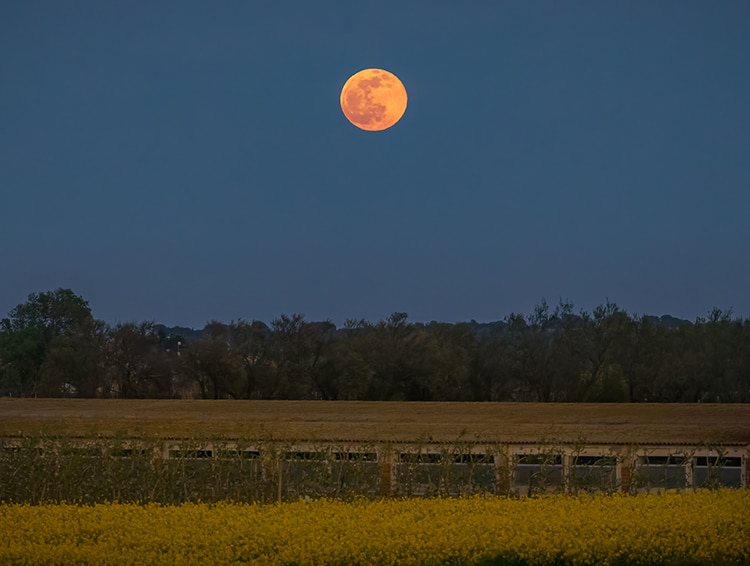
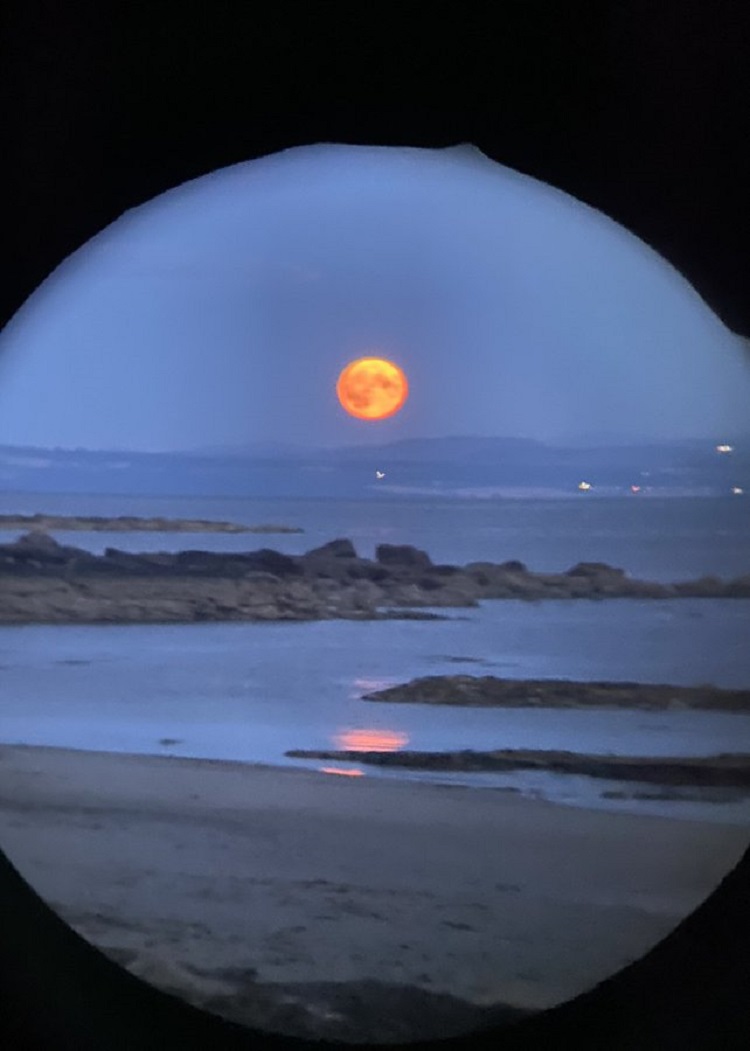
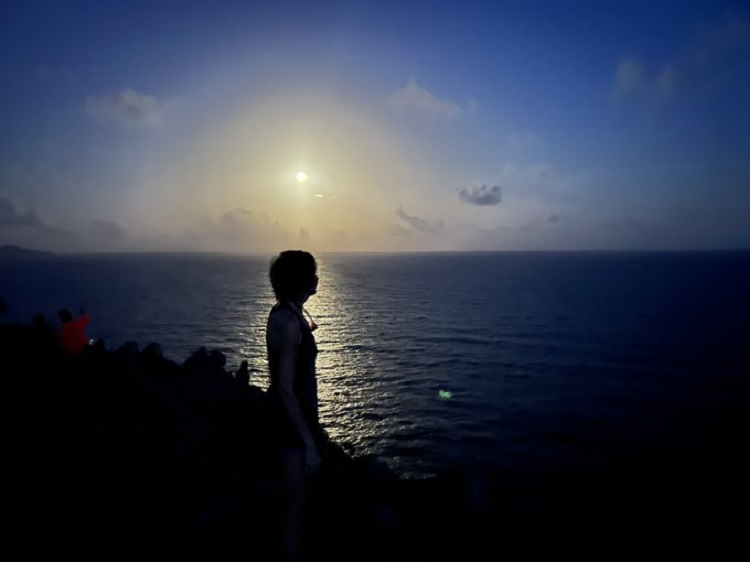
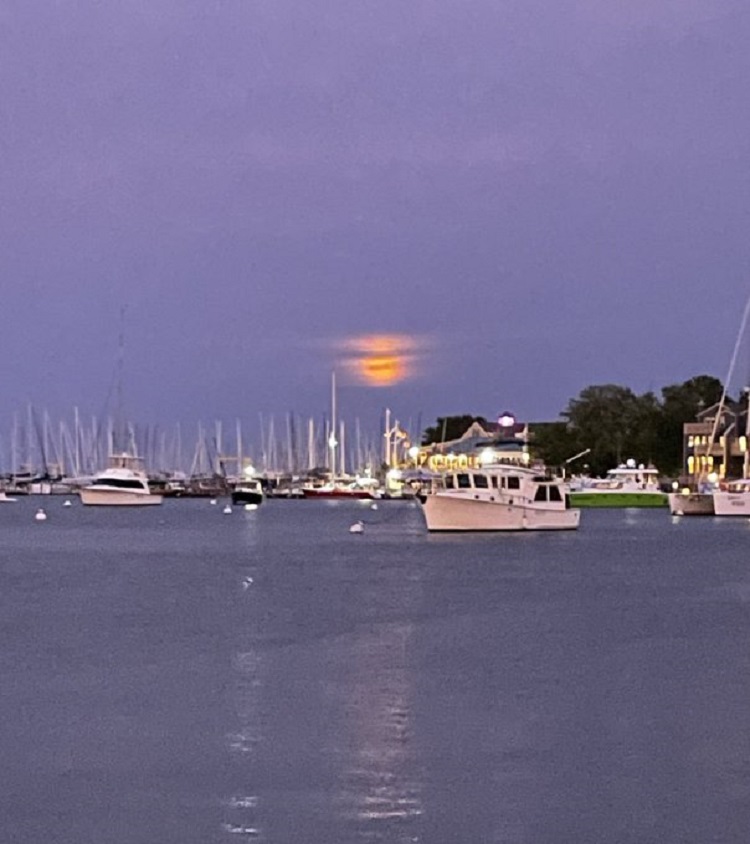
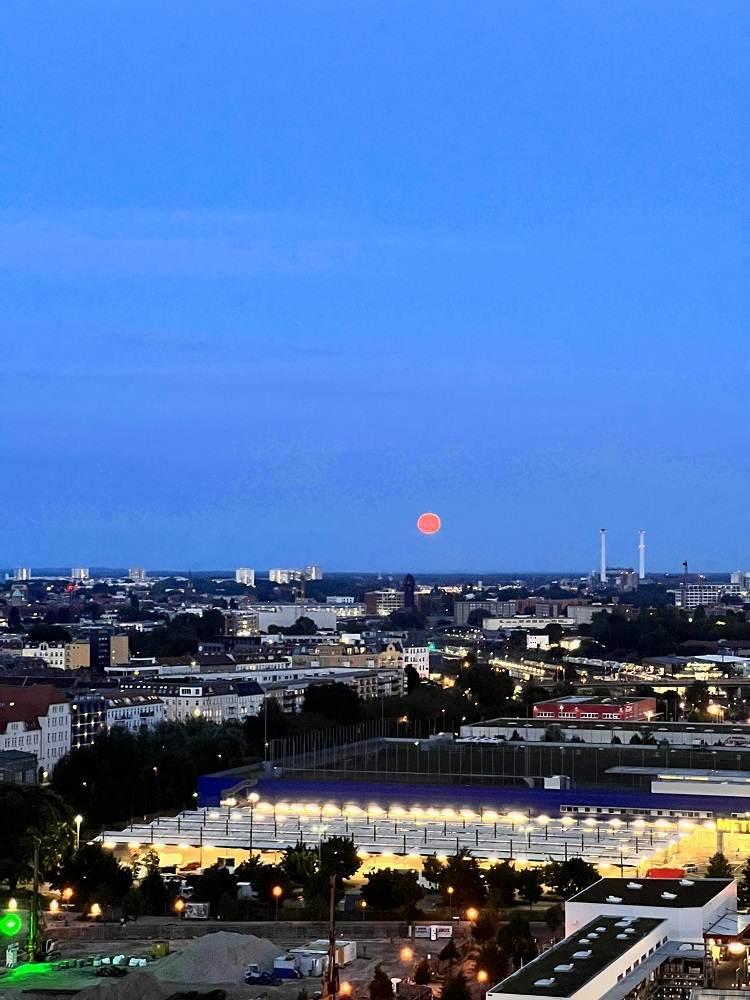
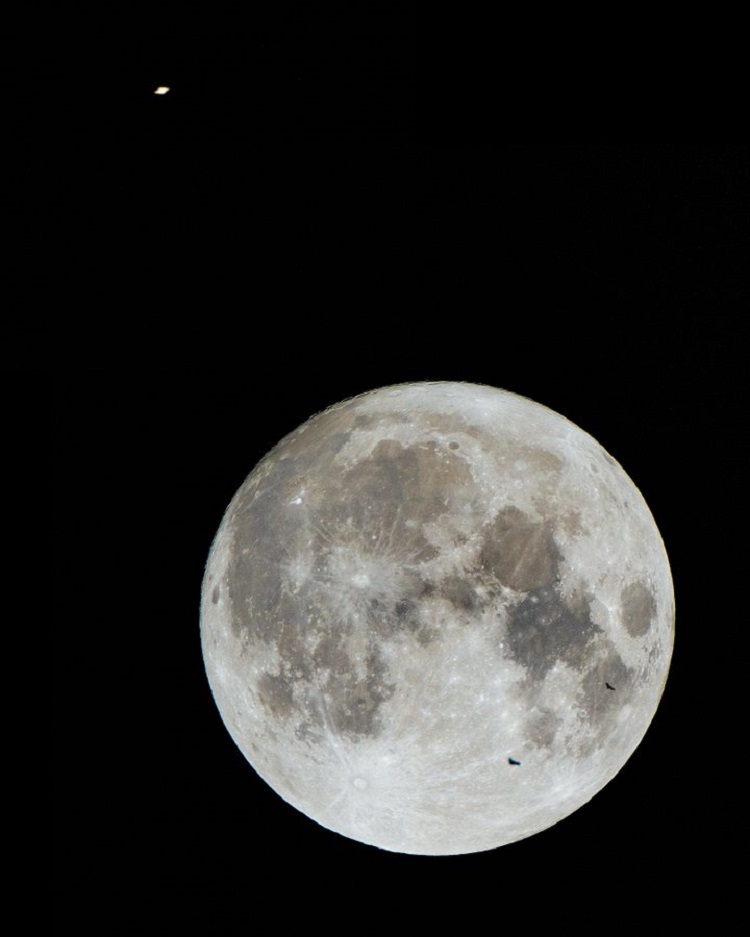
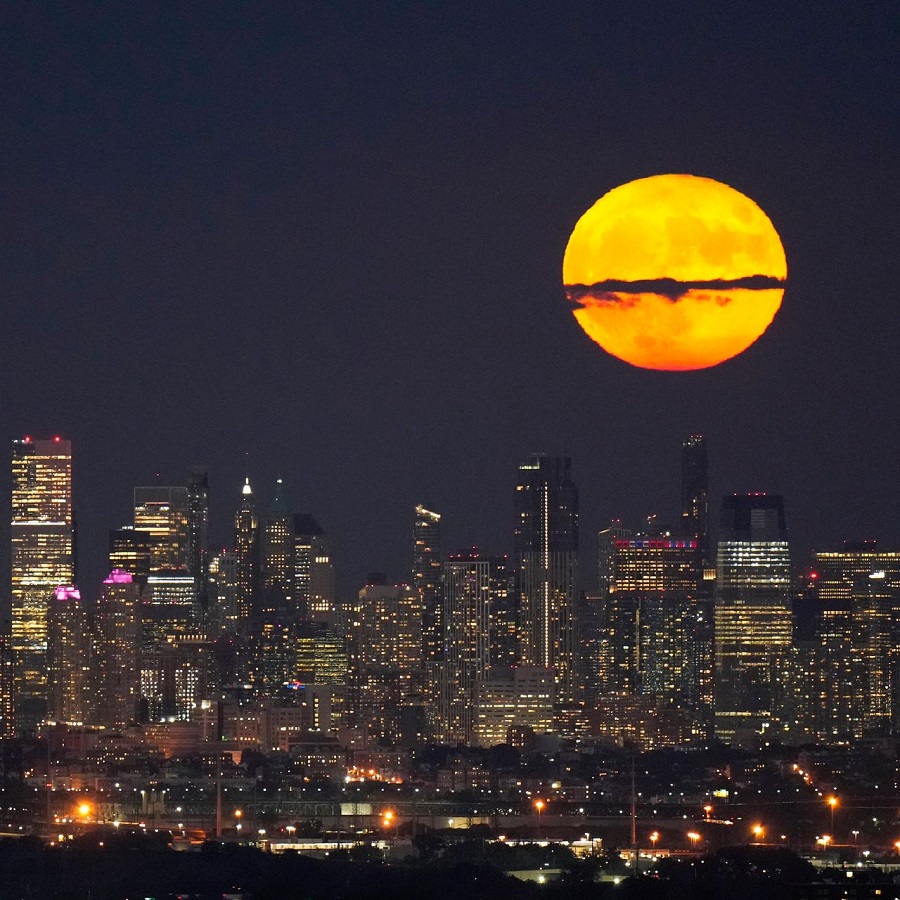
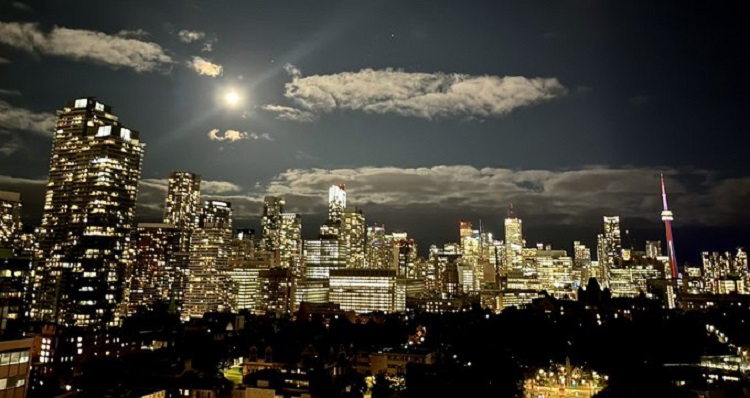
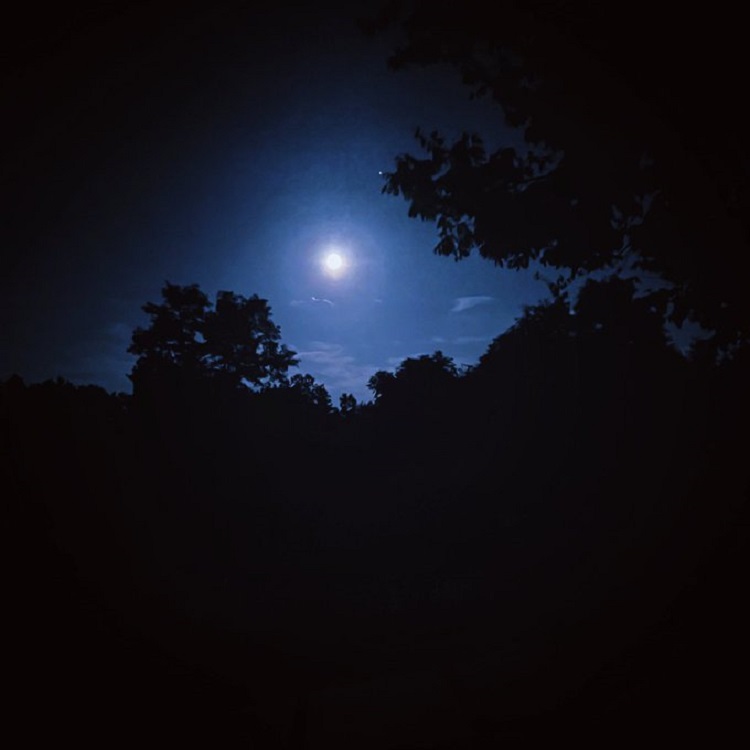
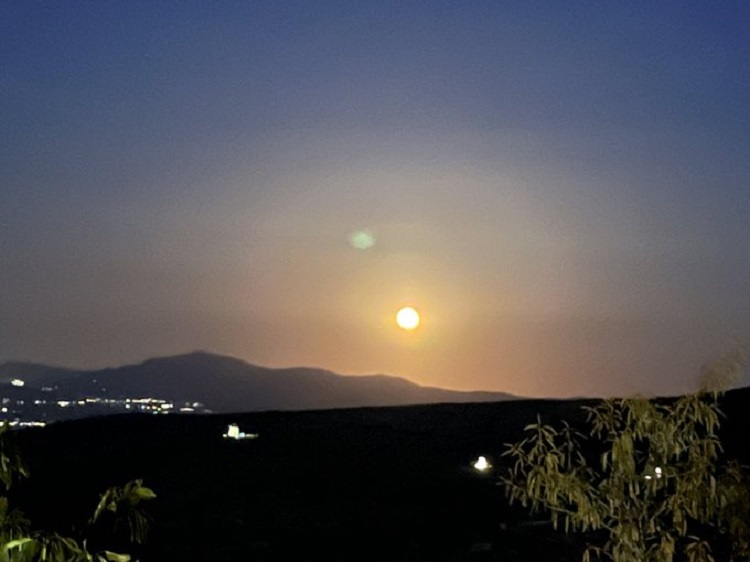
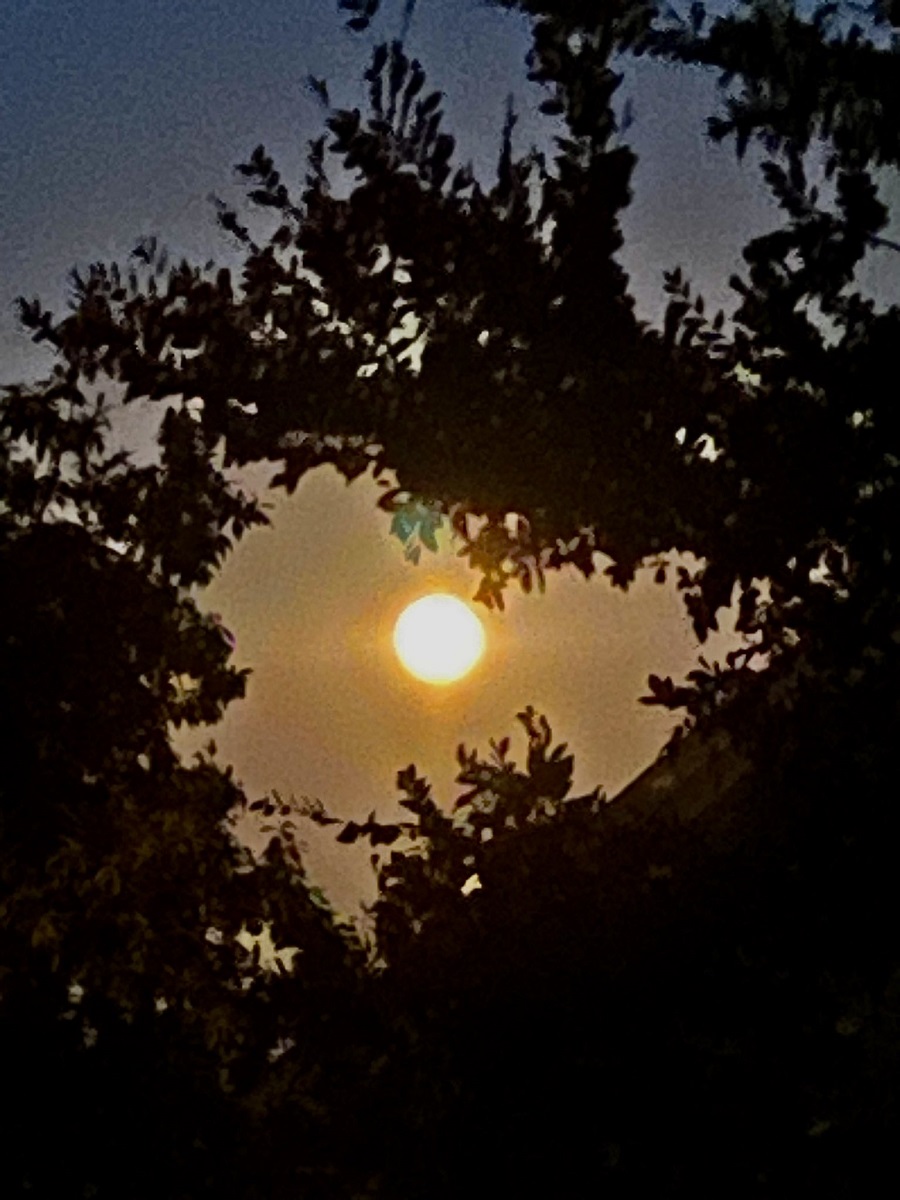
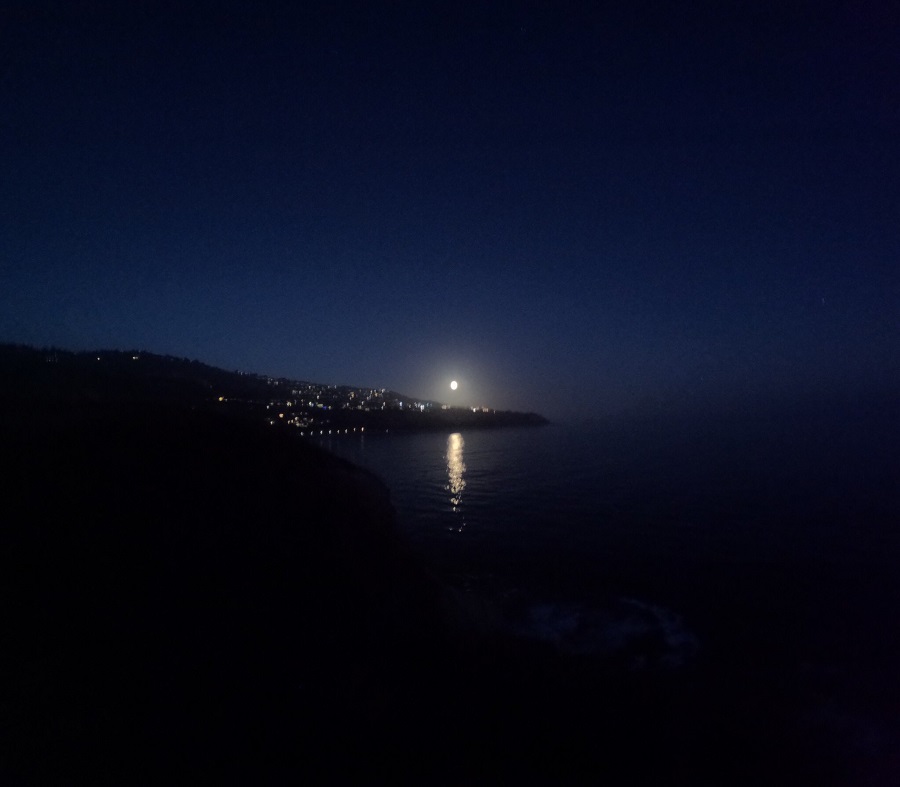
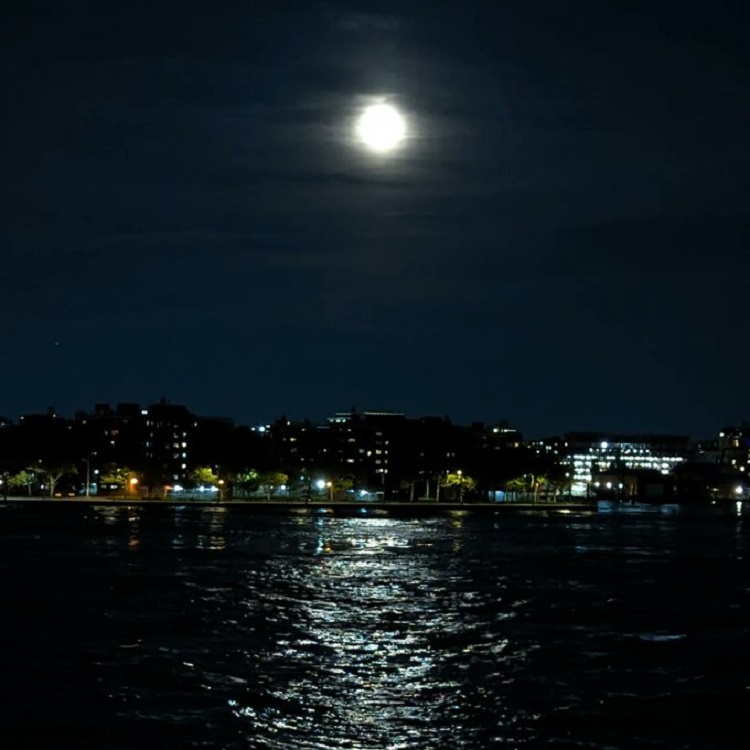
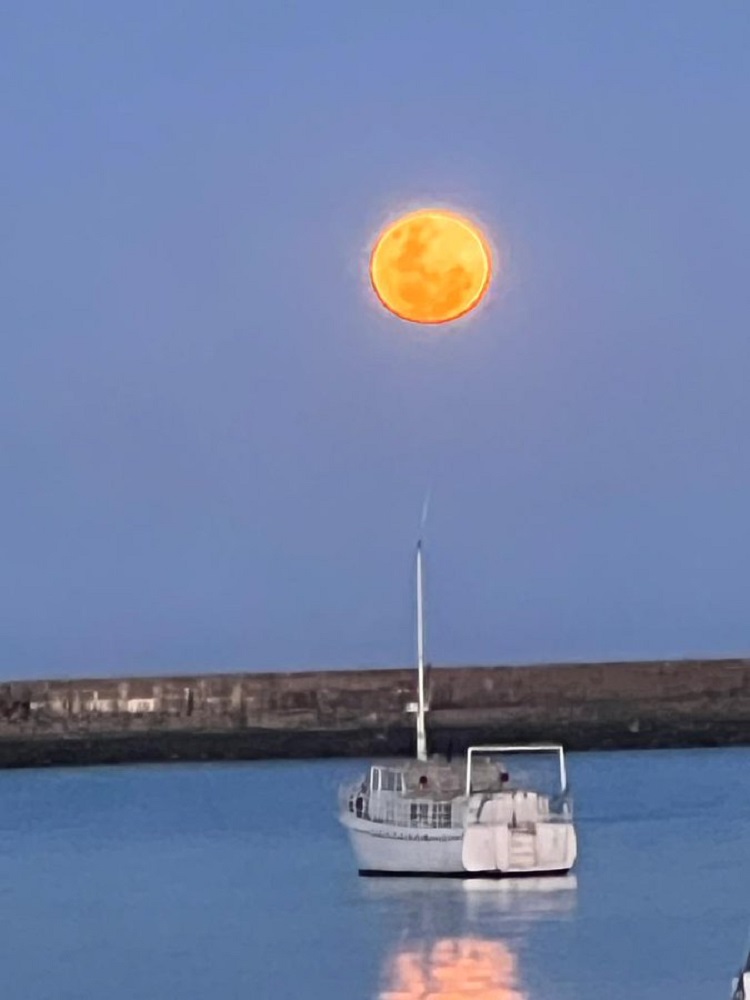
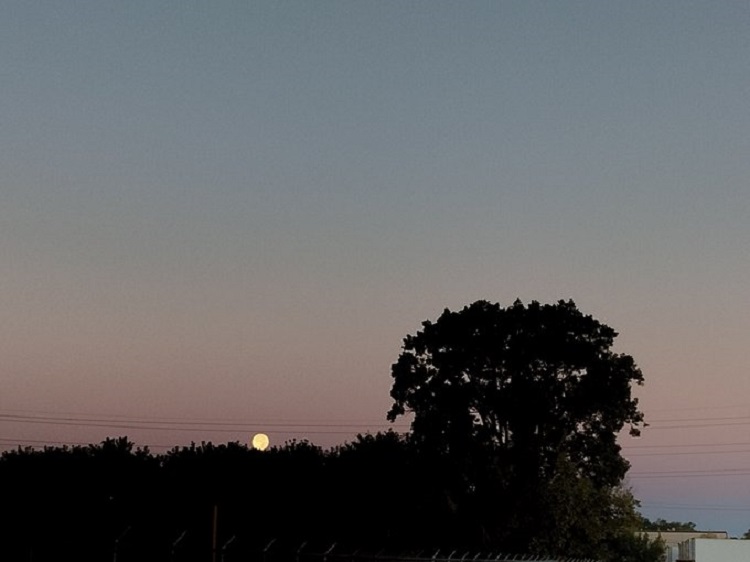
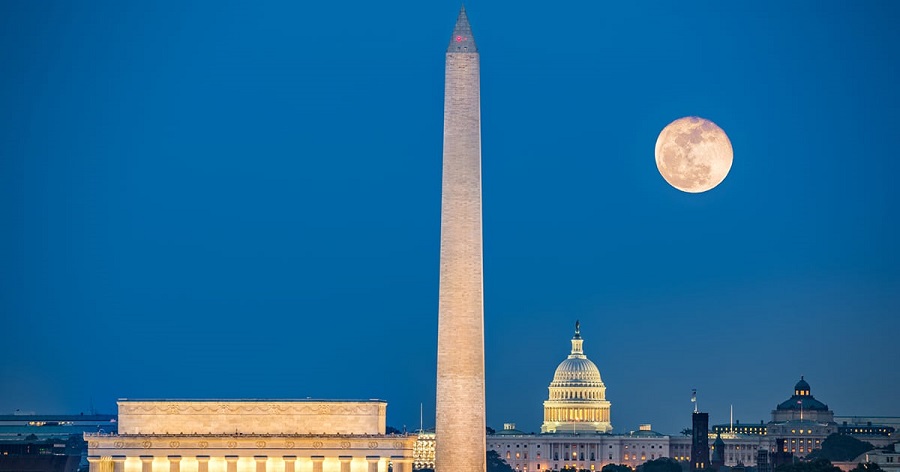
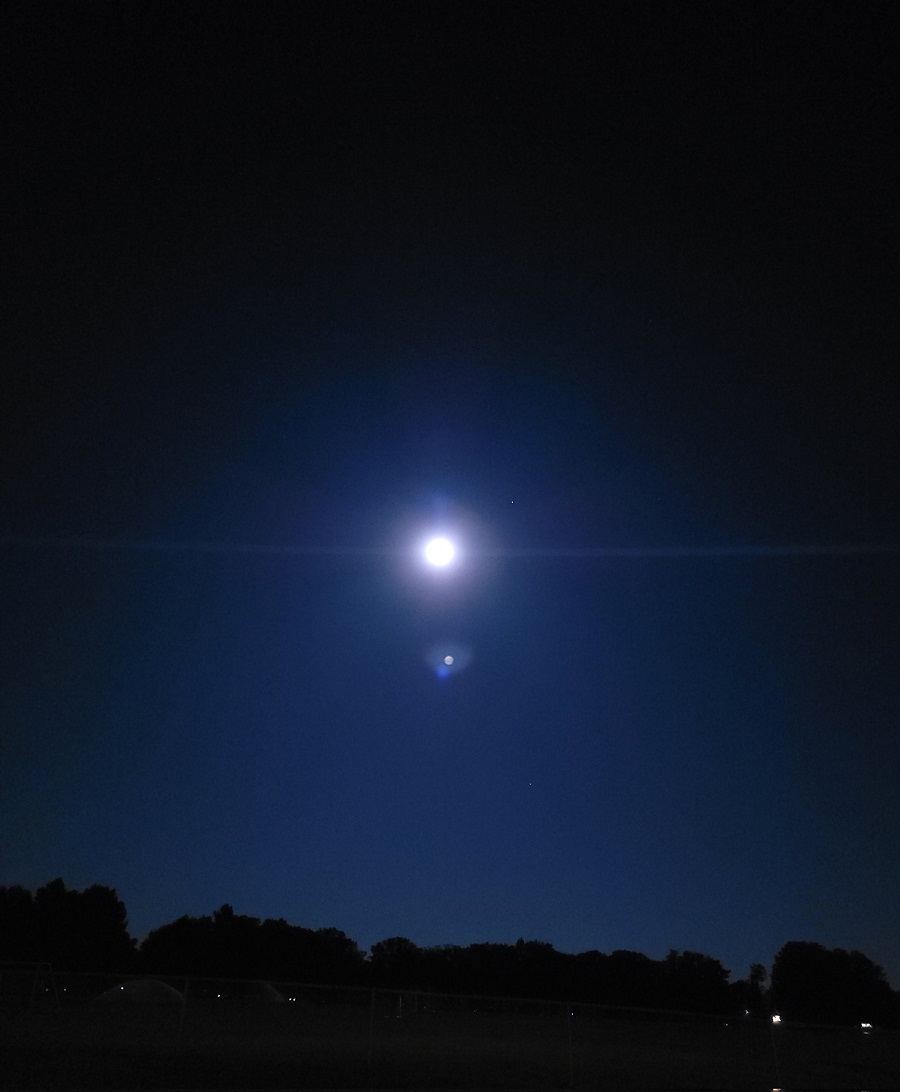
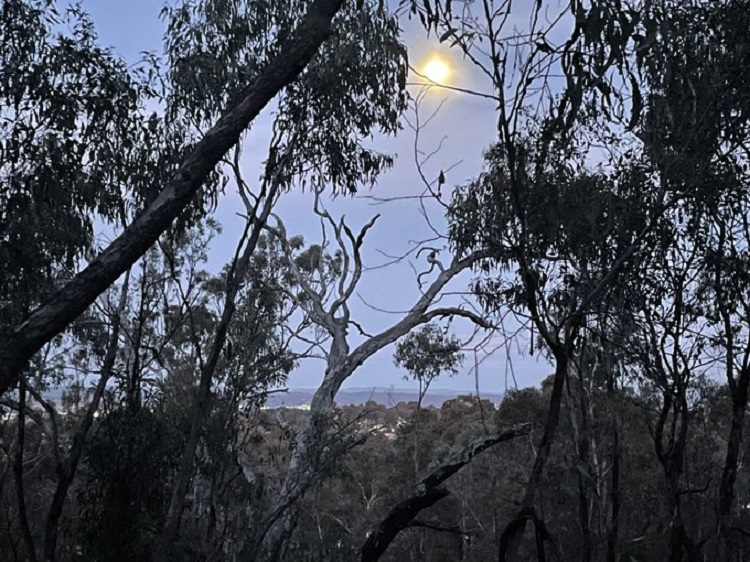
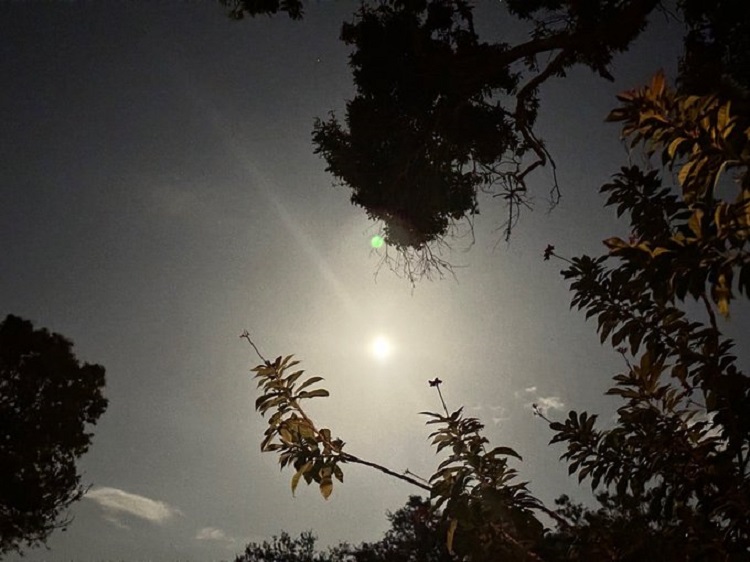
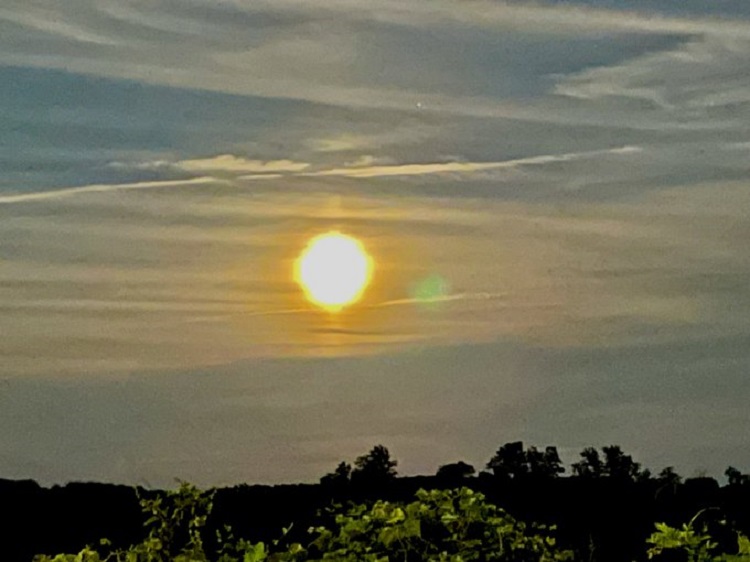
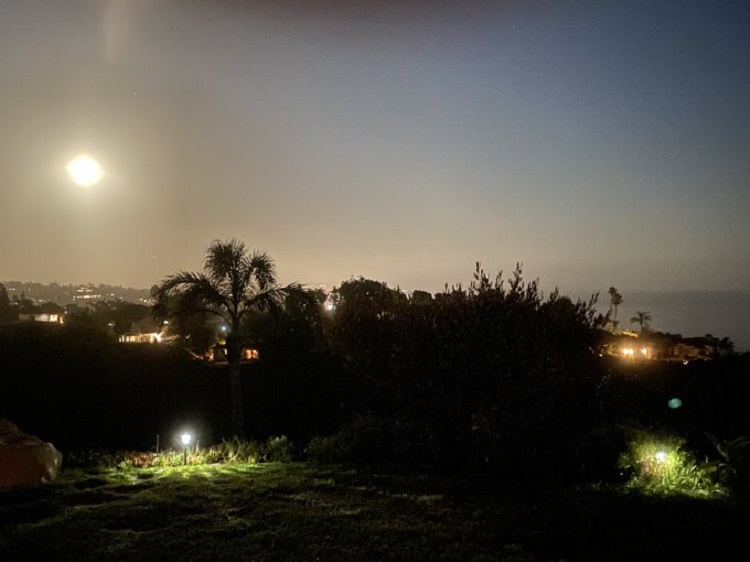
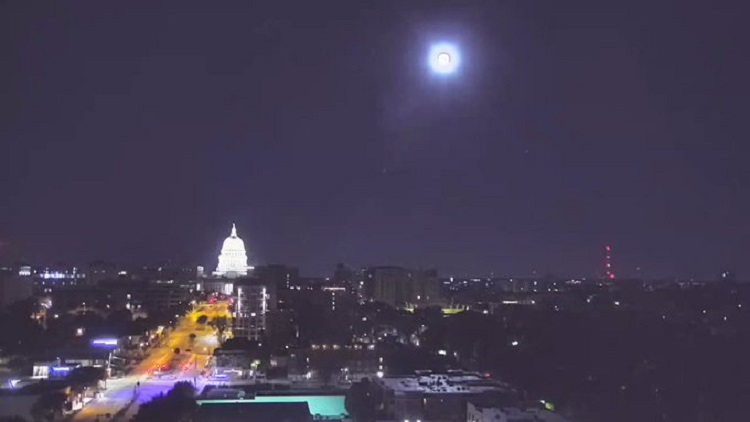
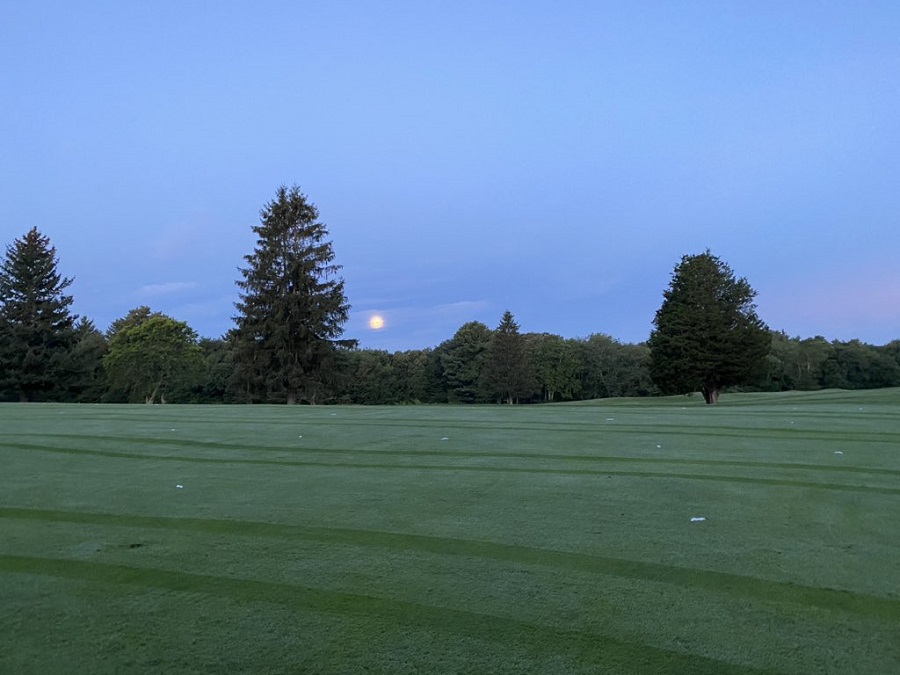
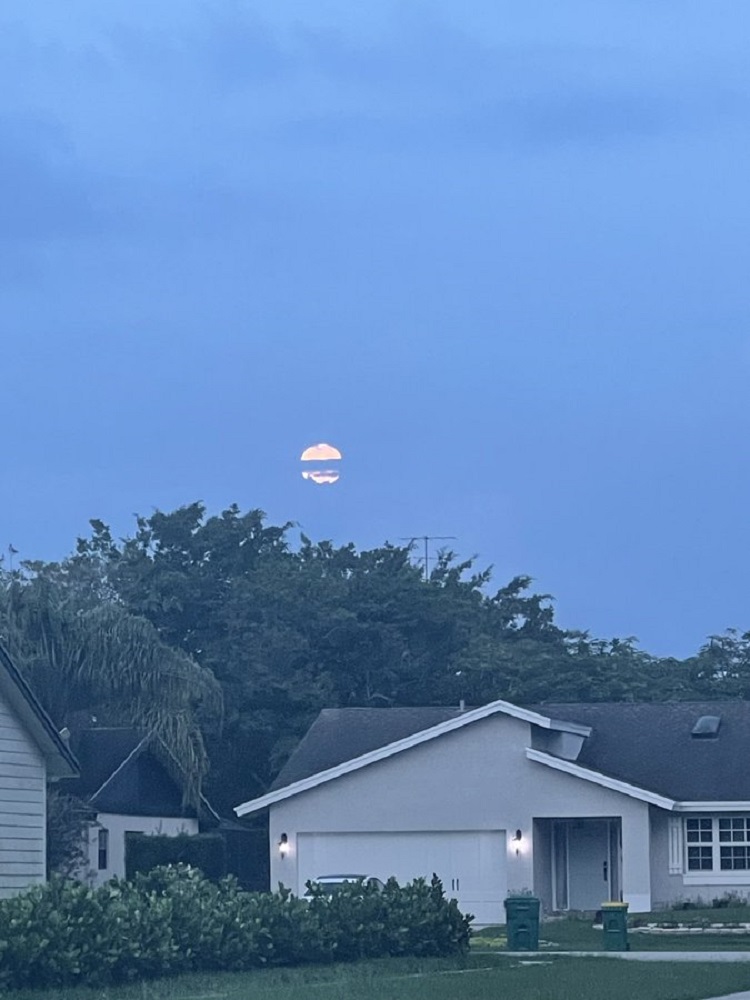
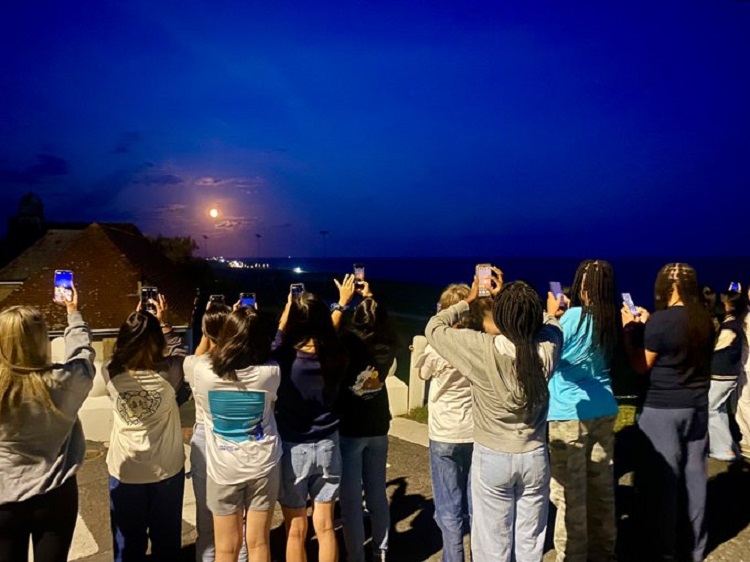









Discussion about this post